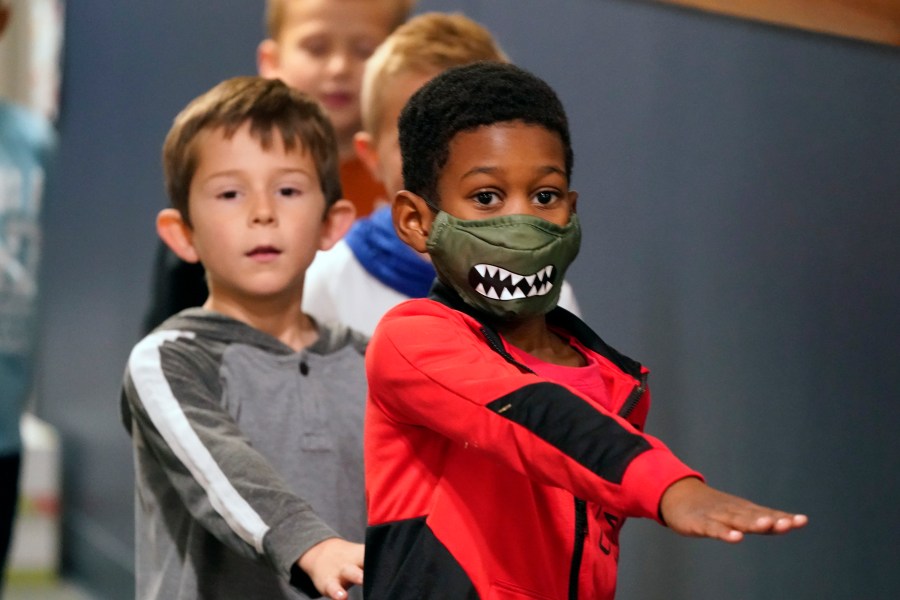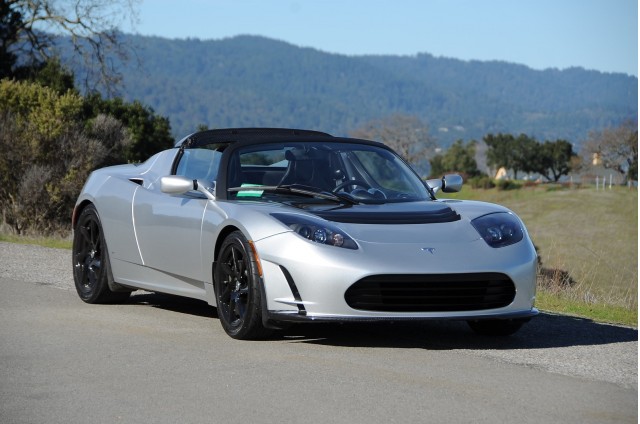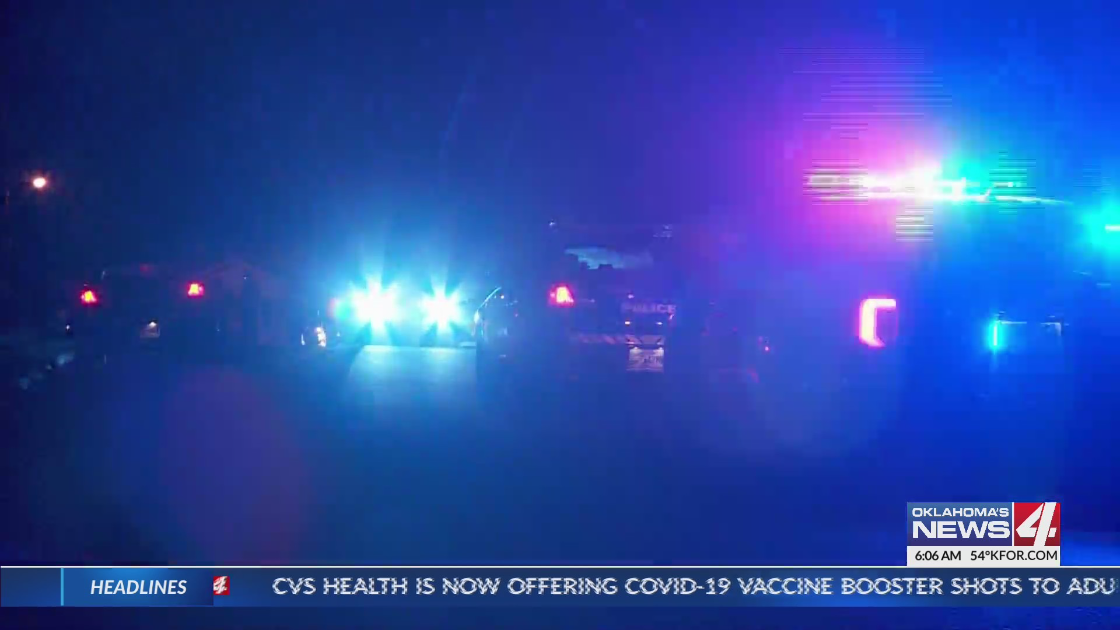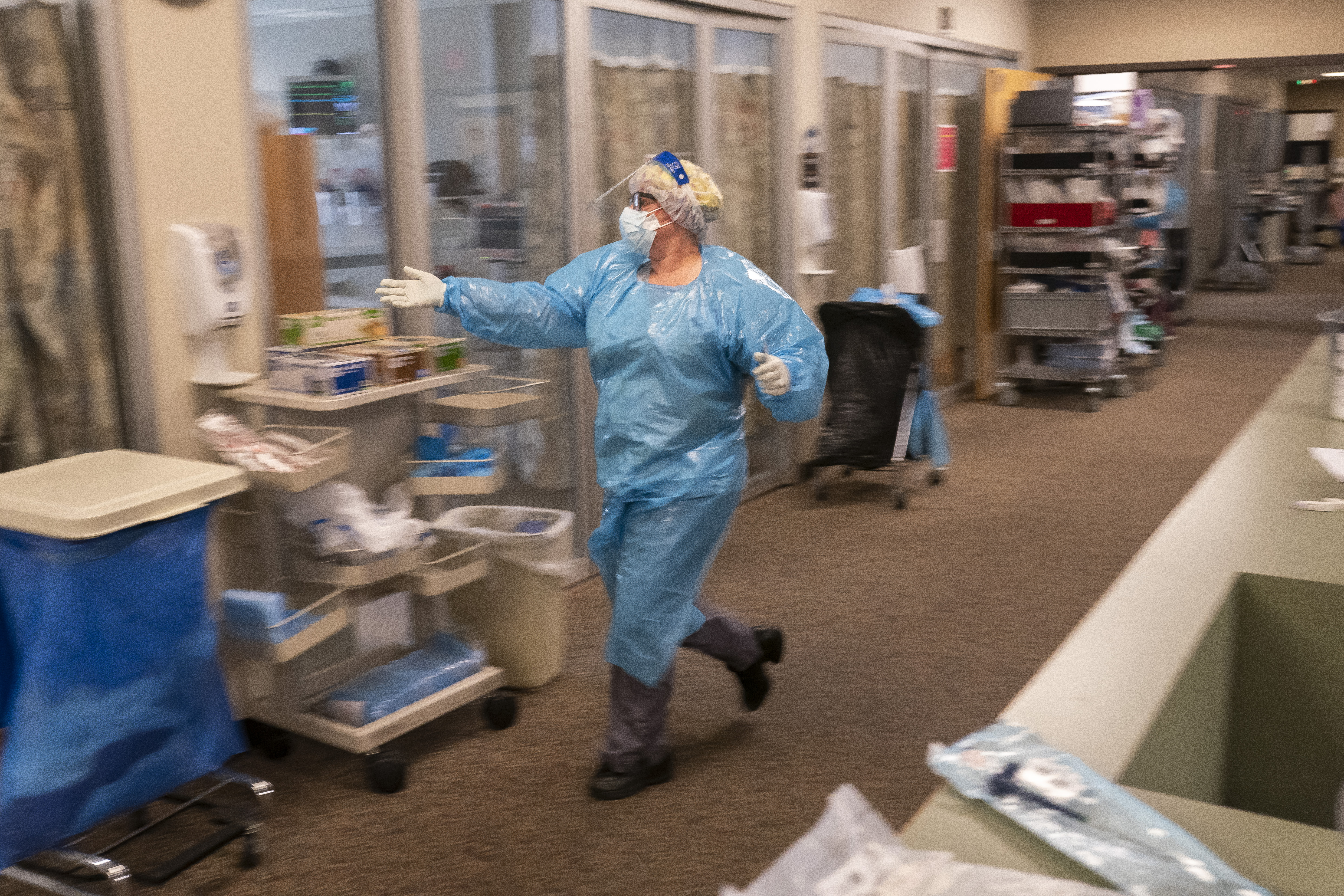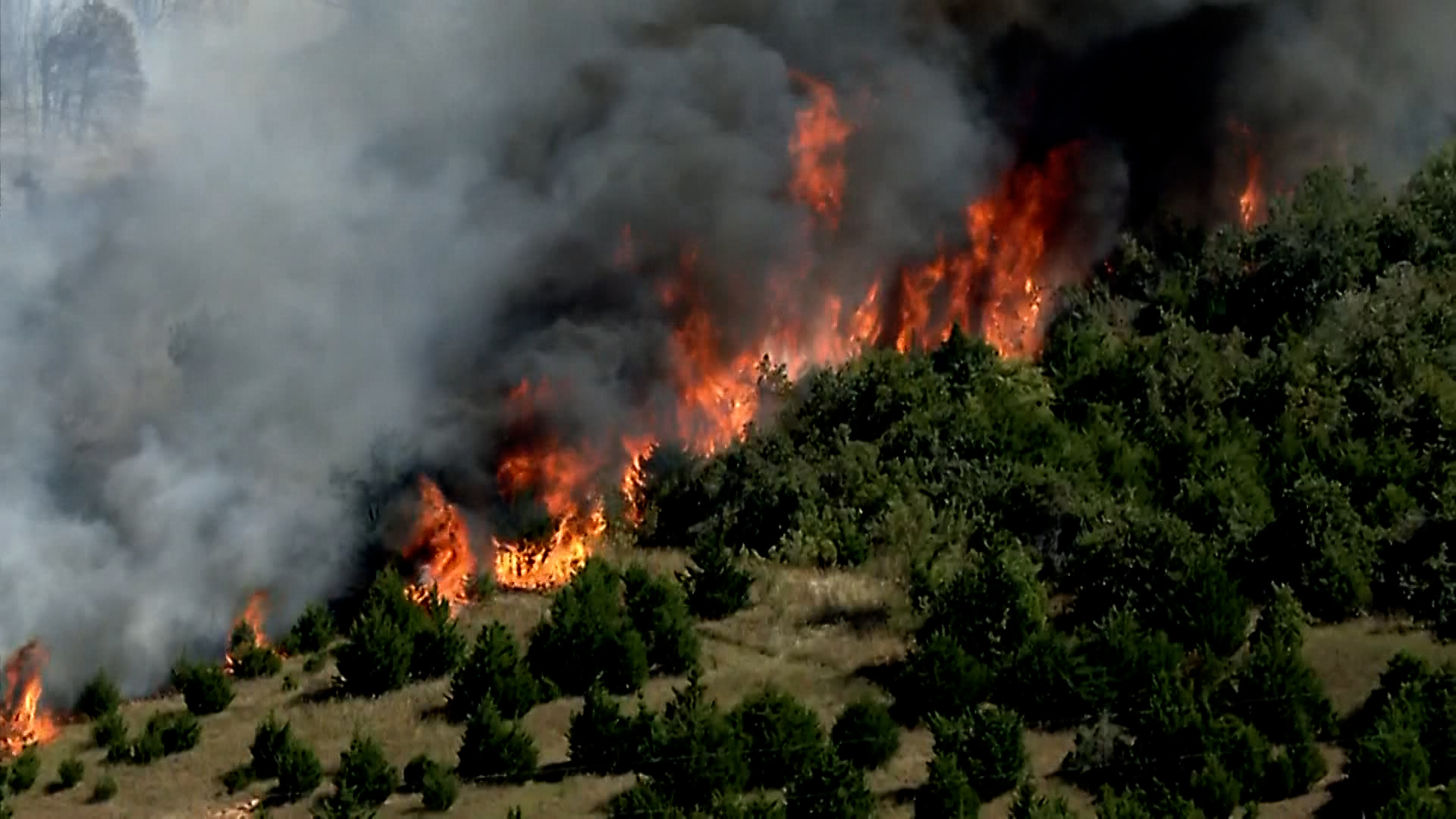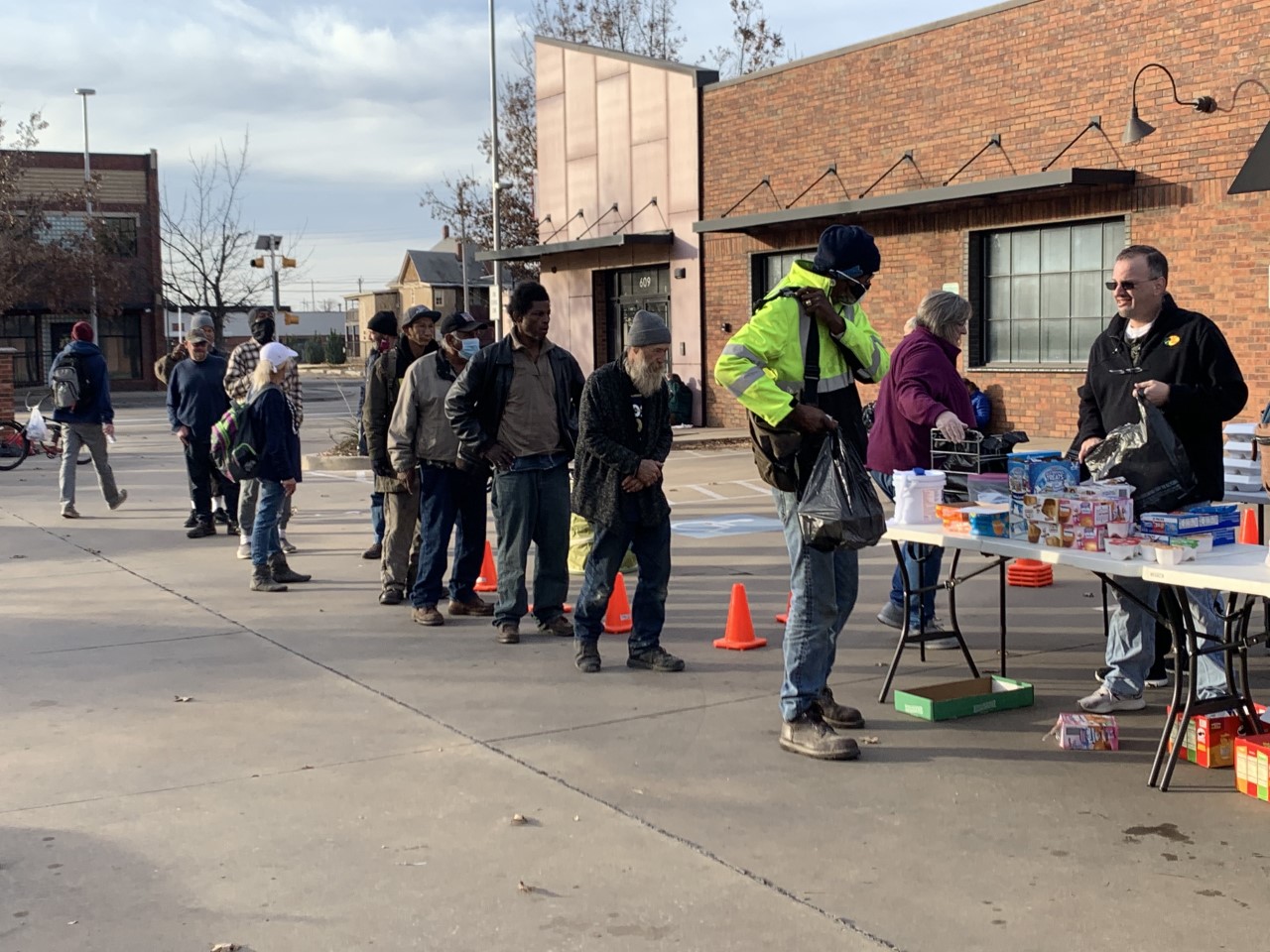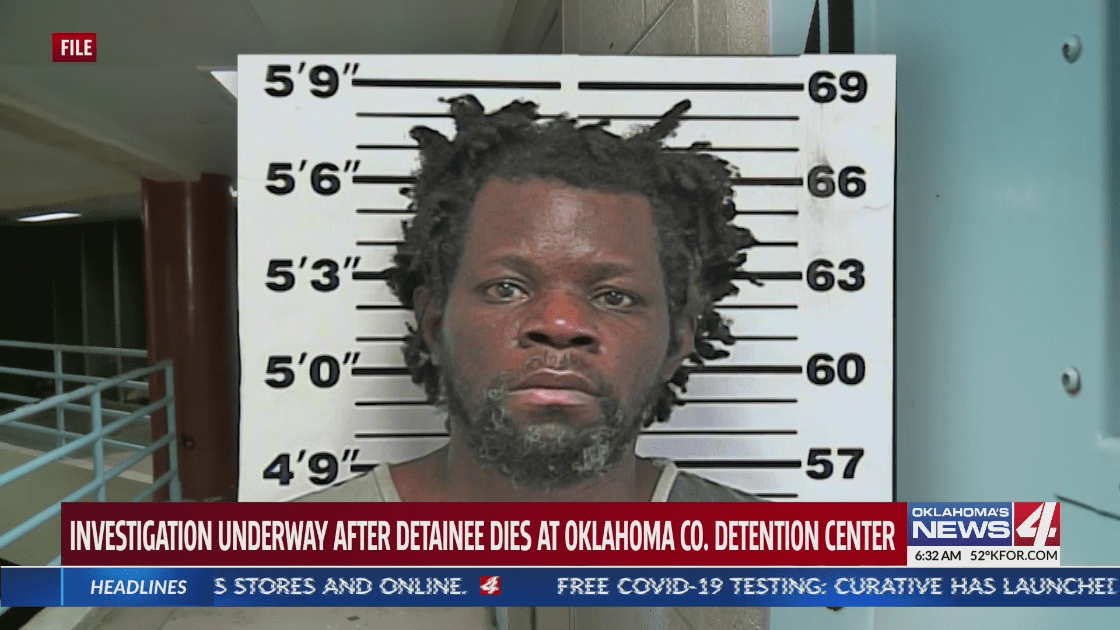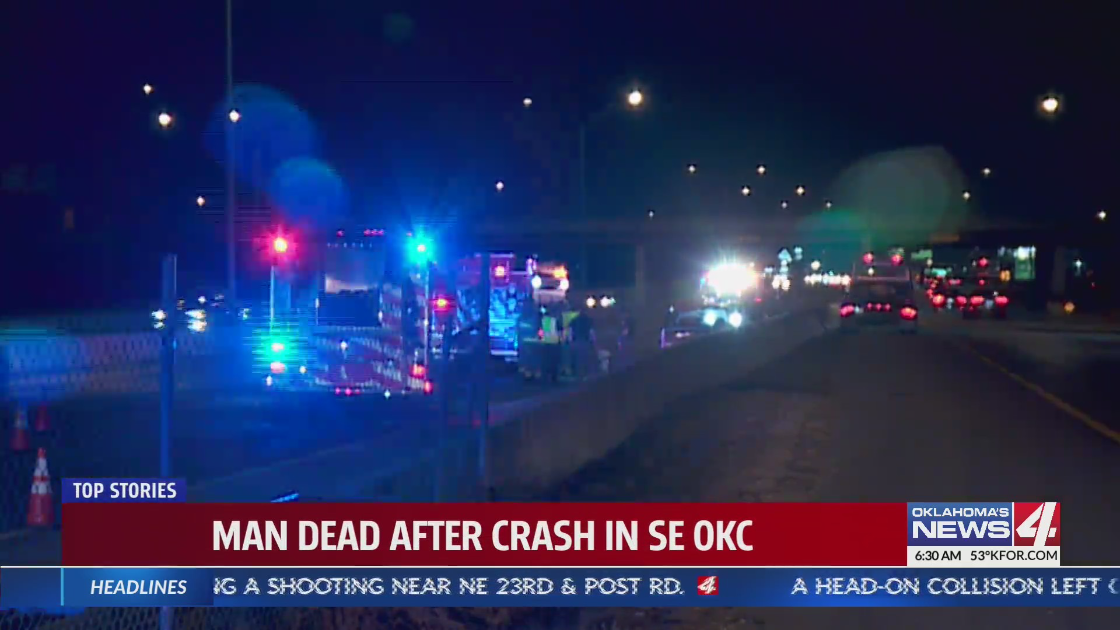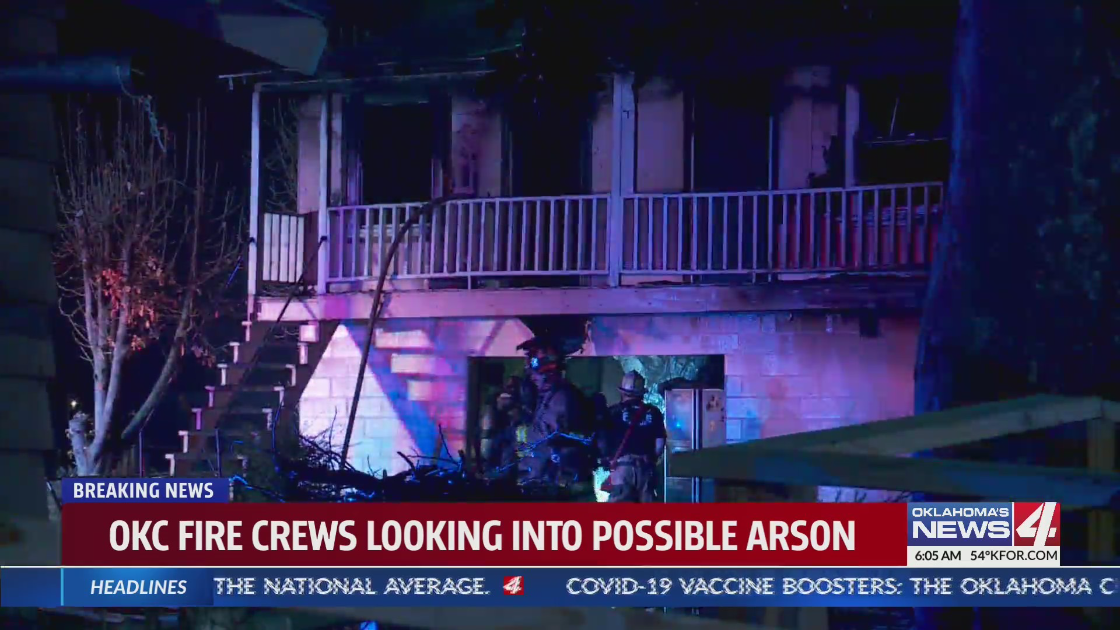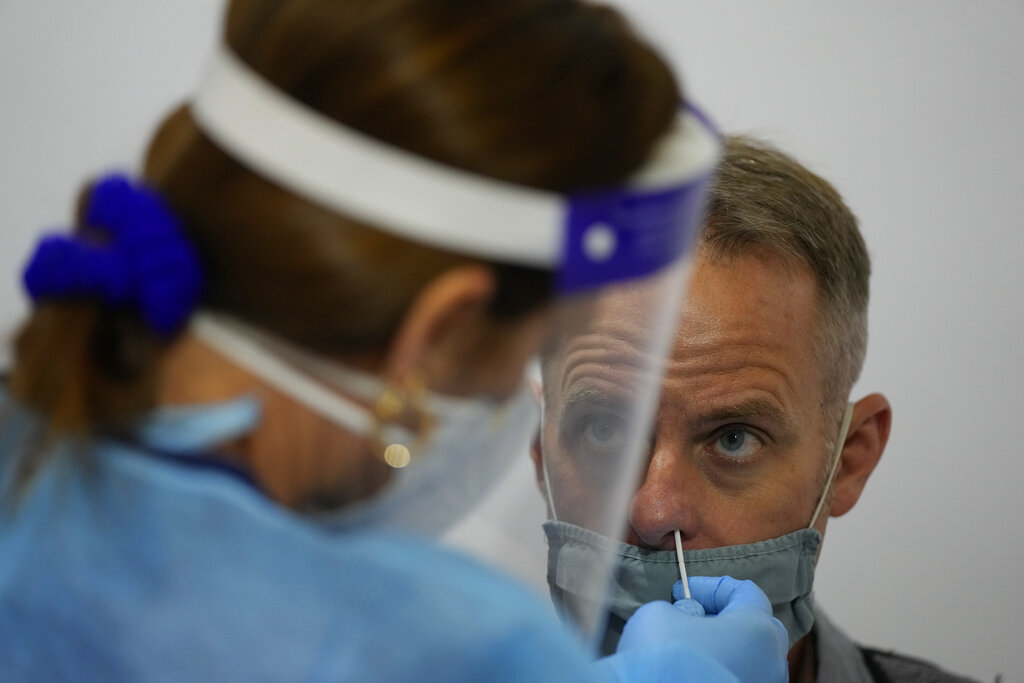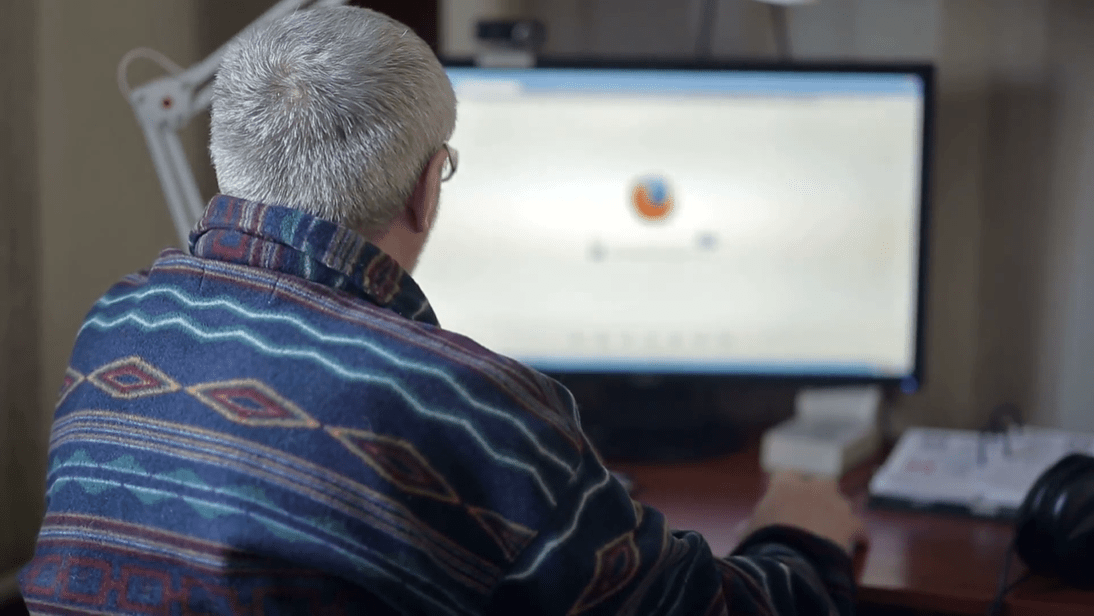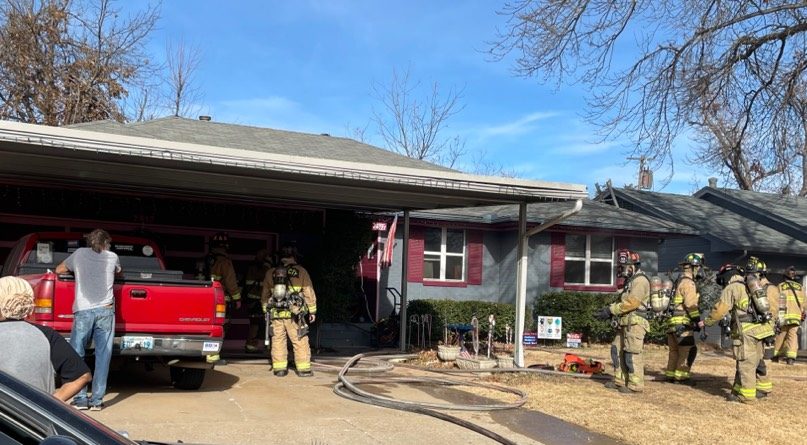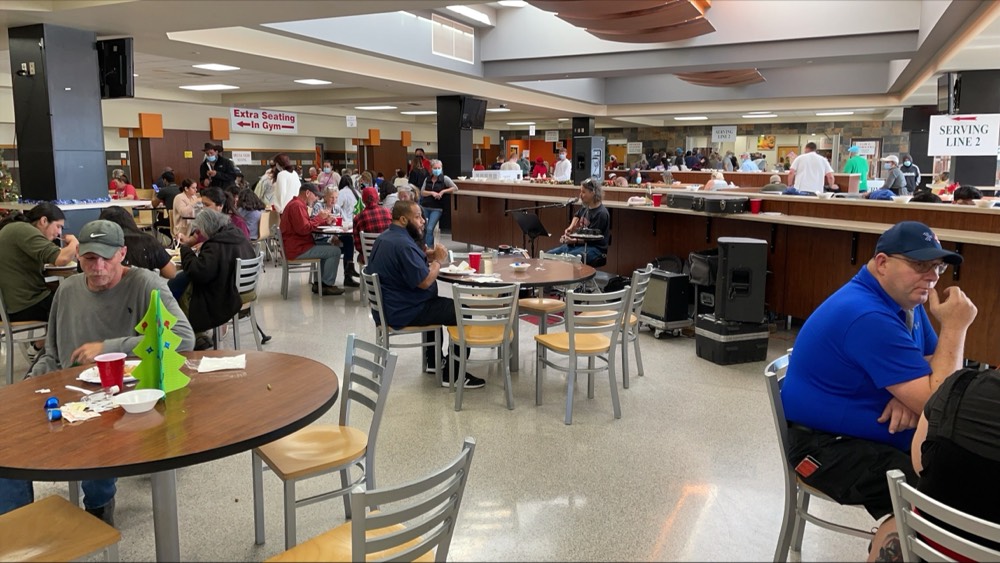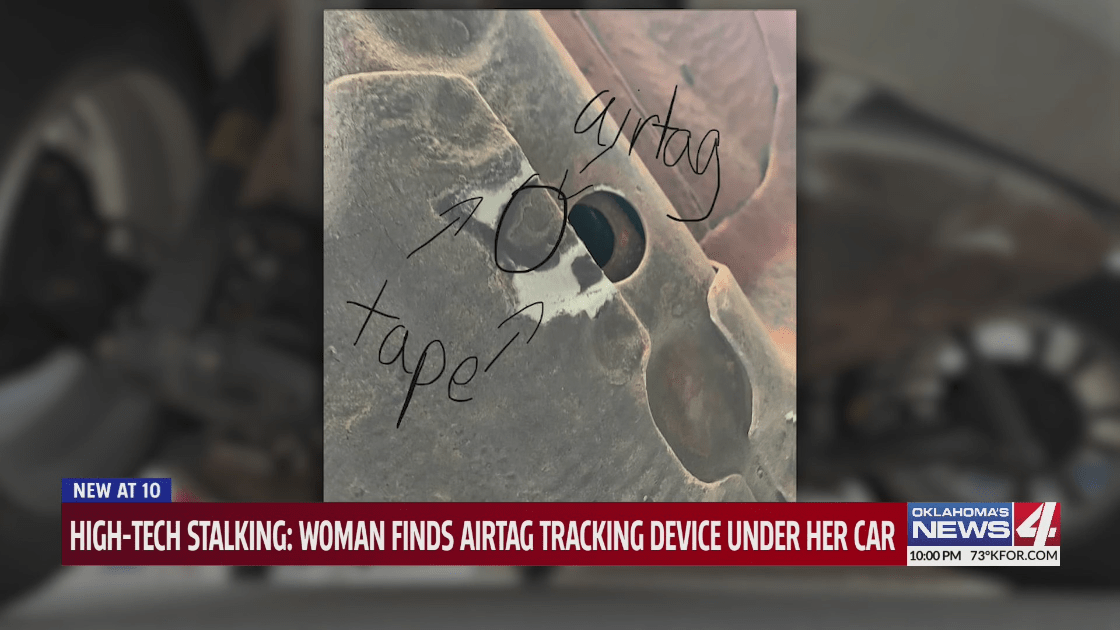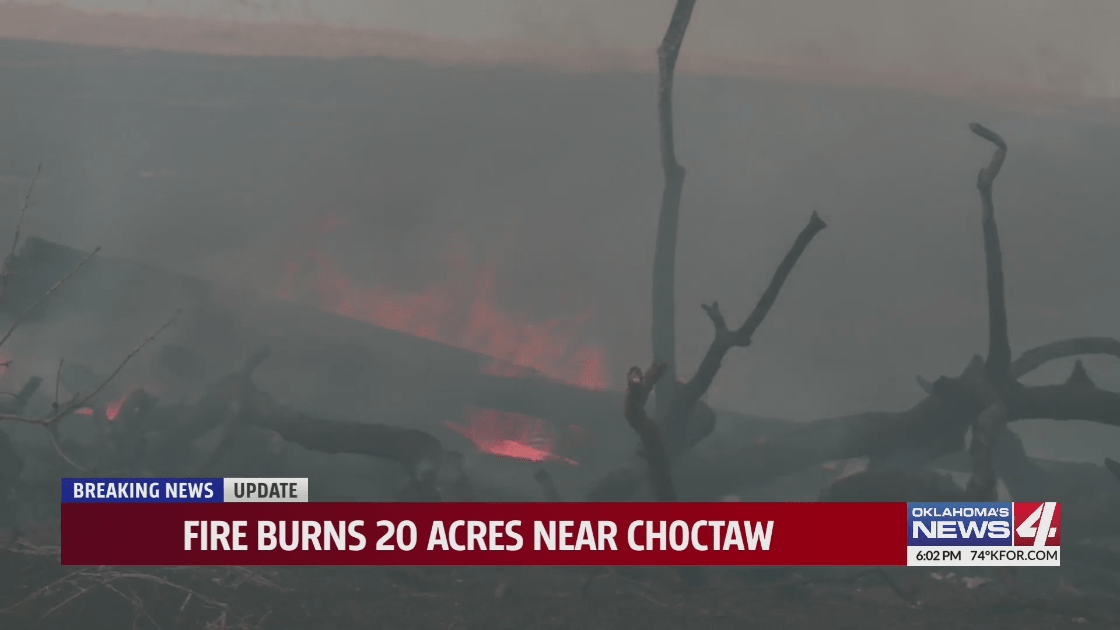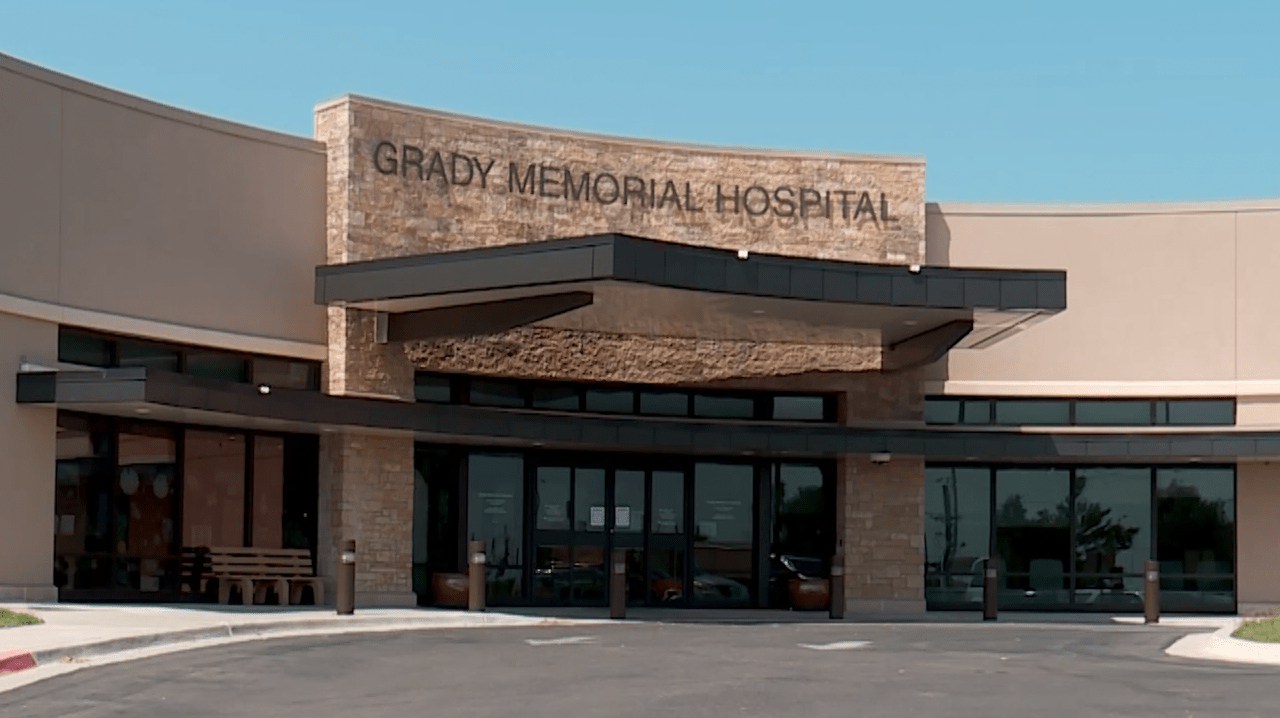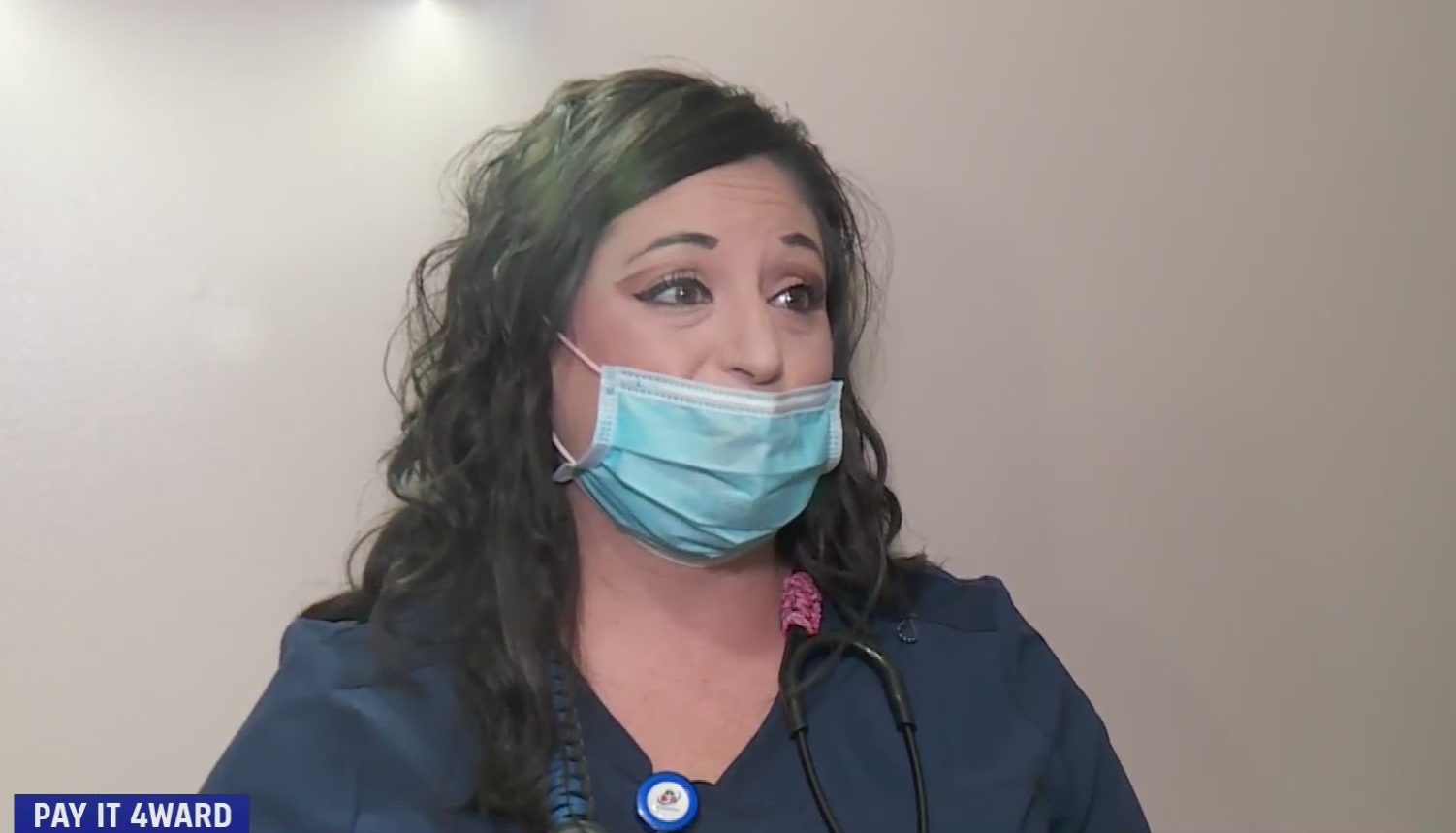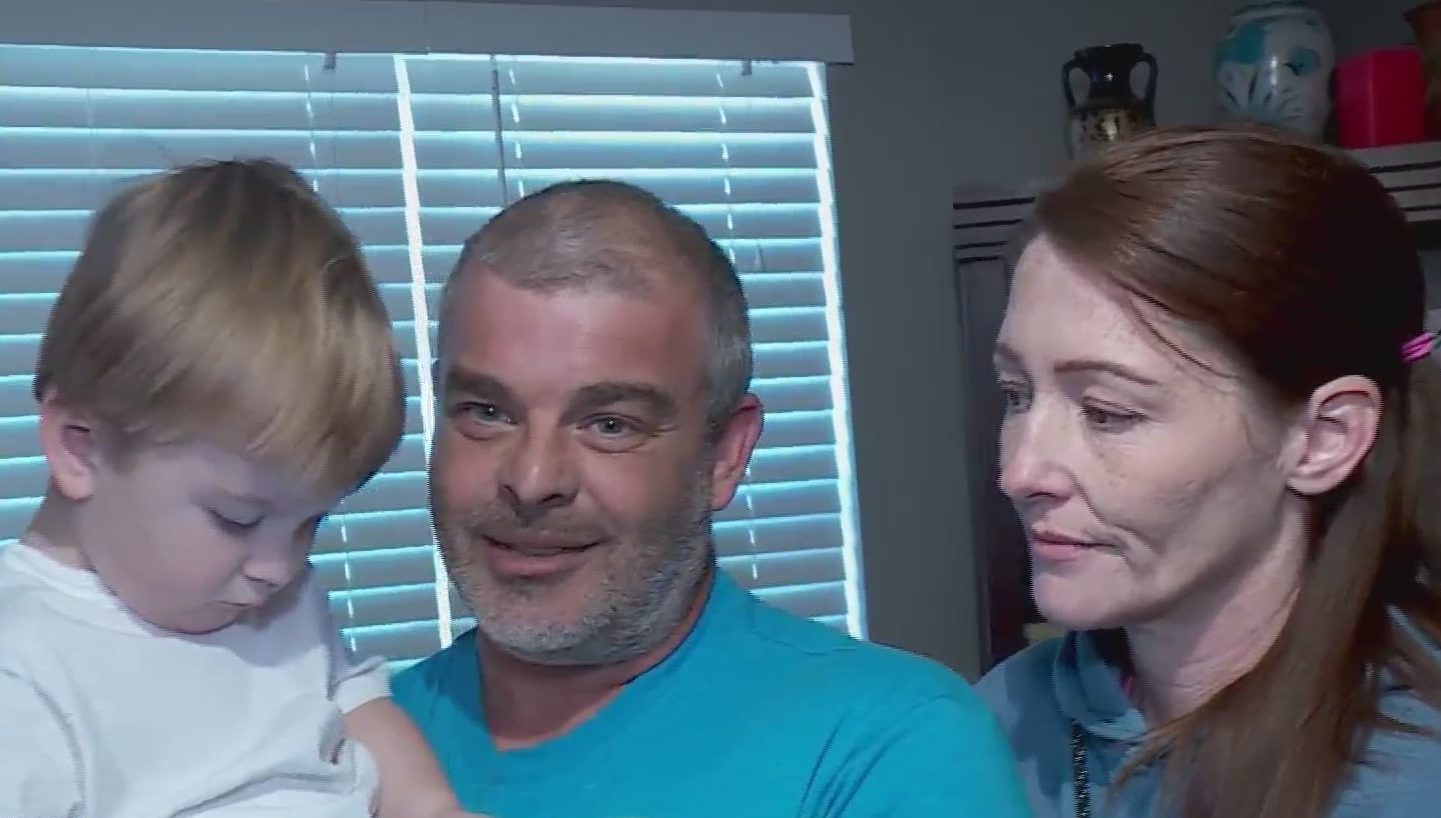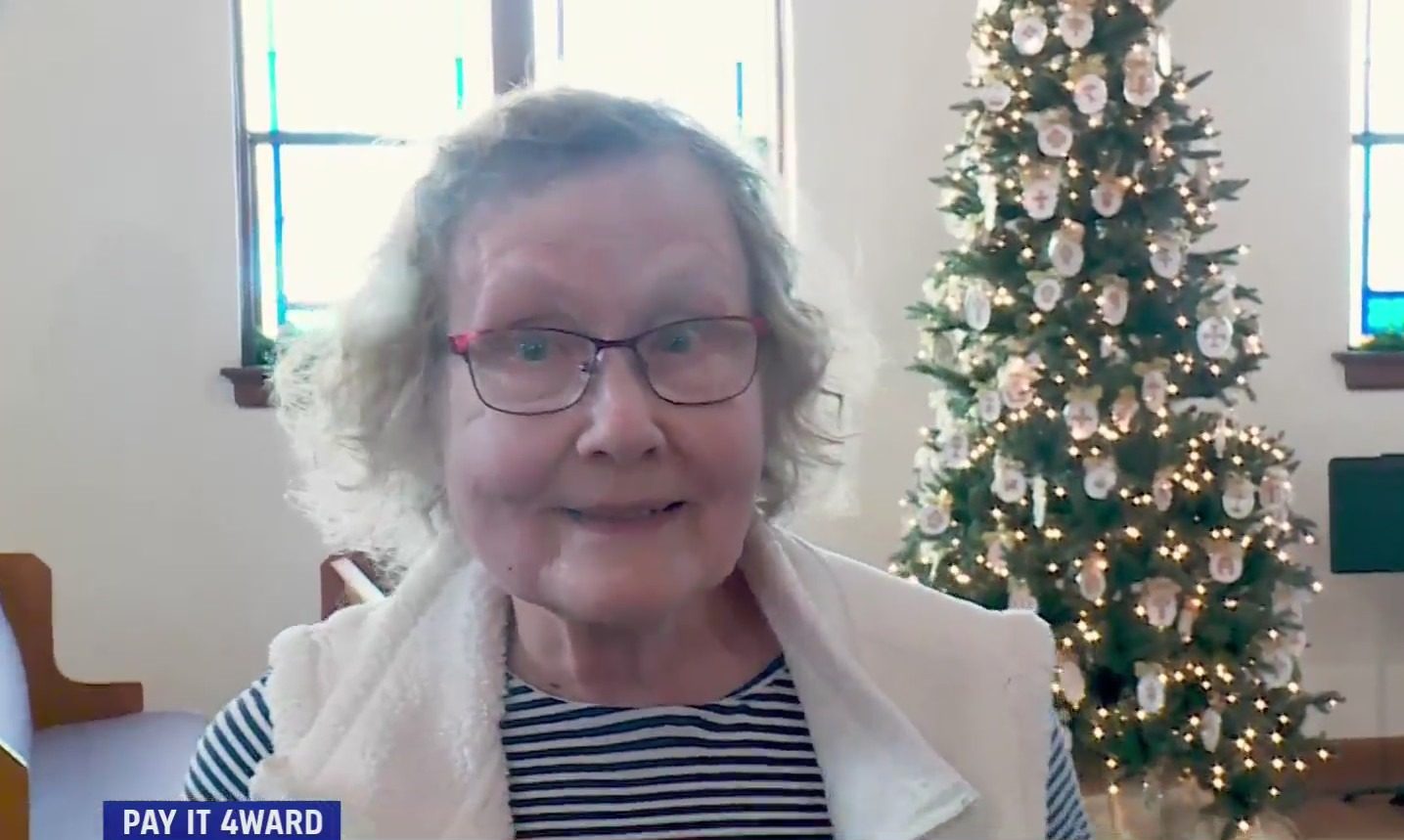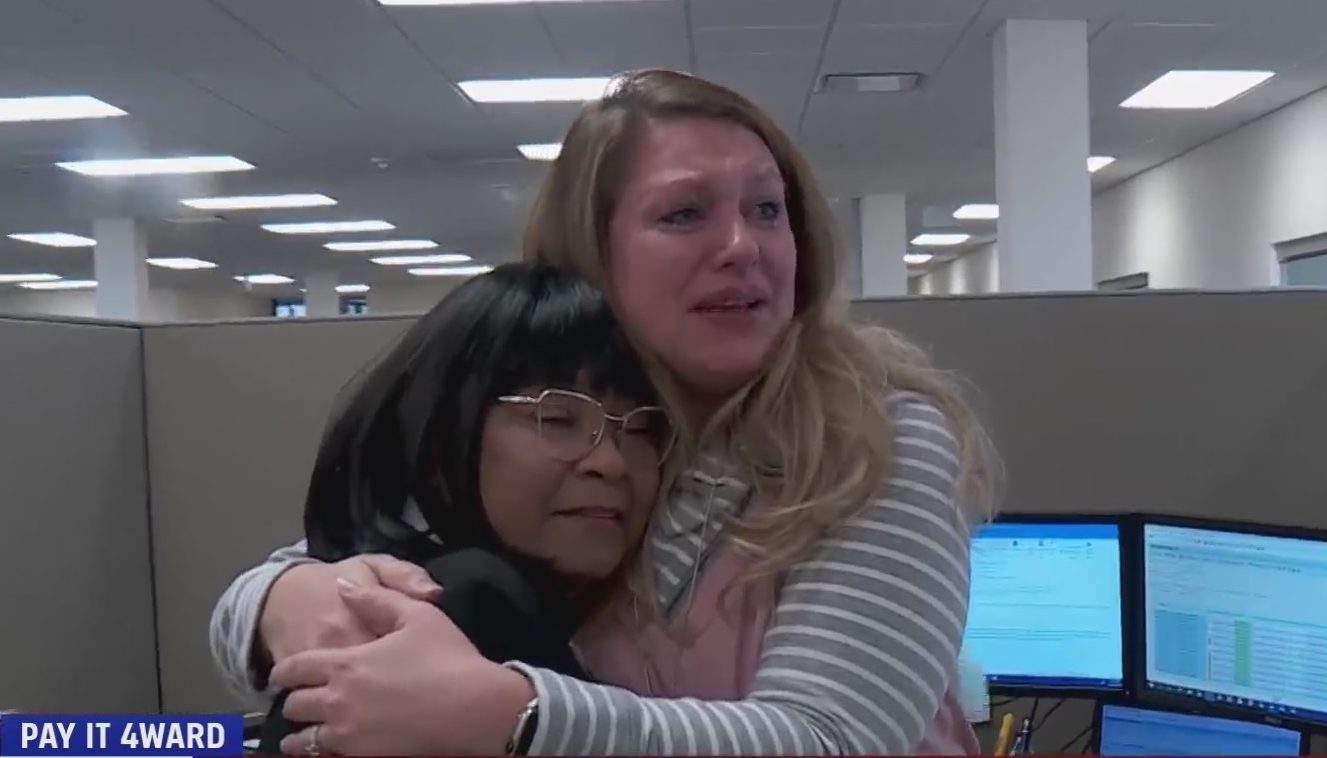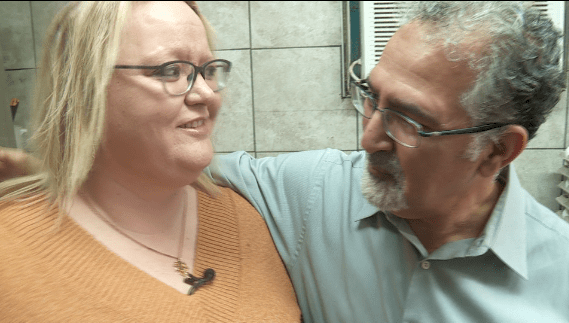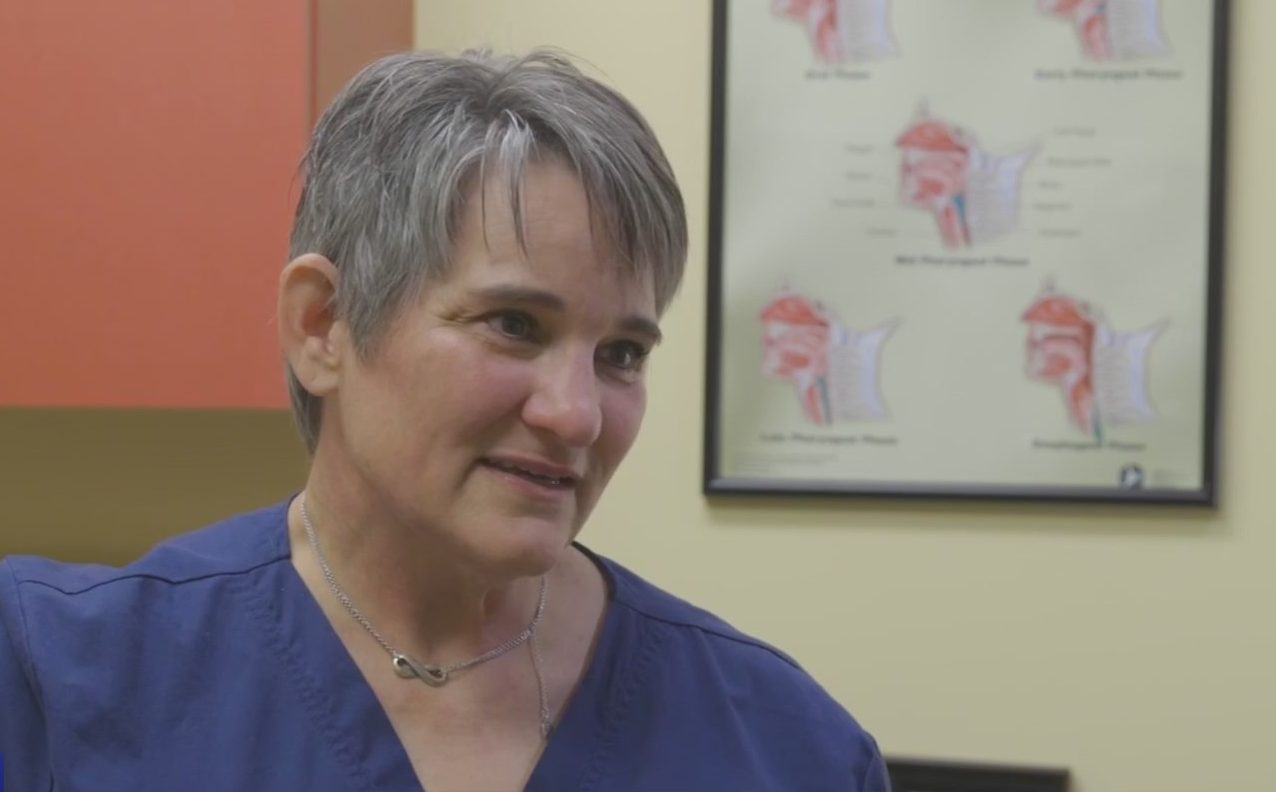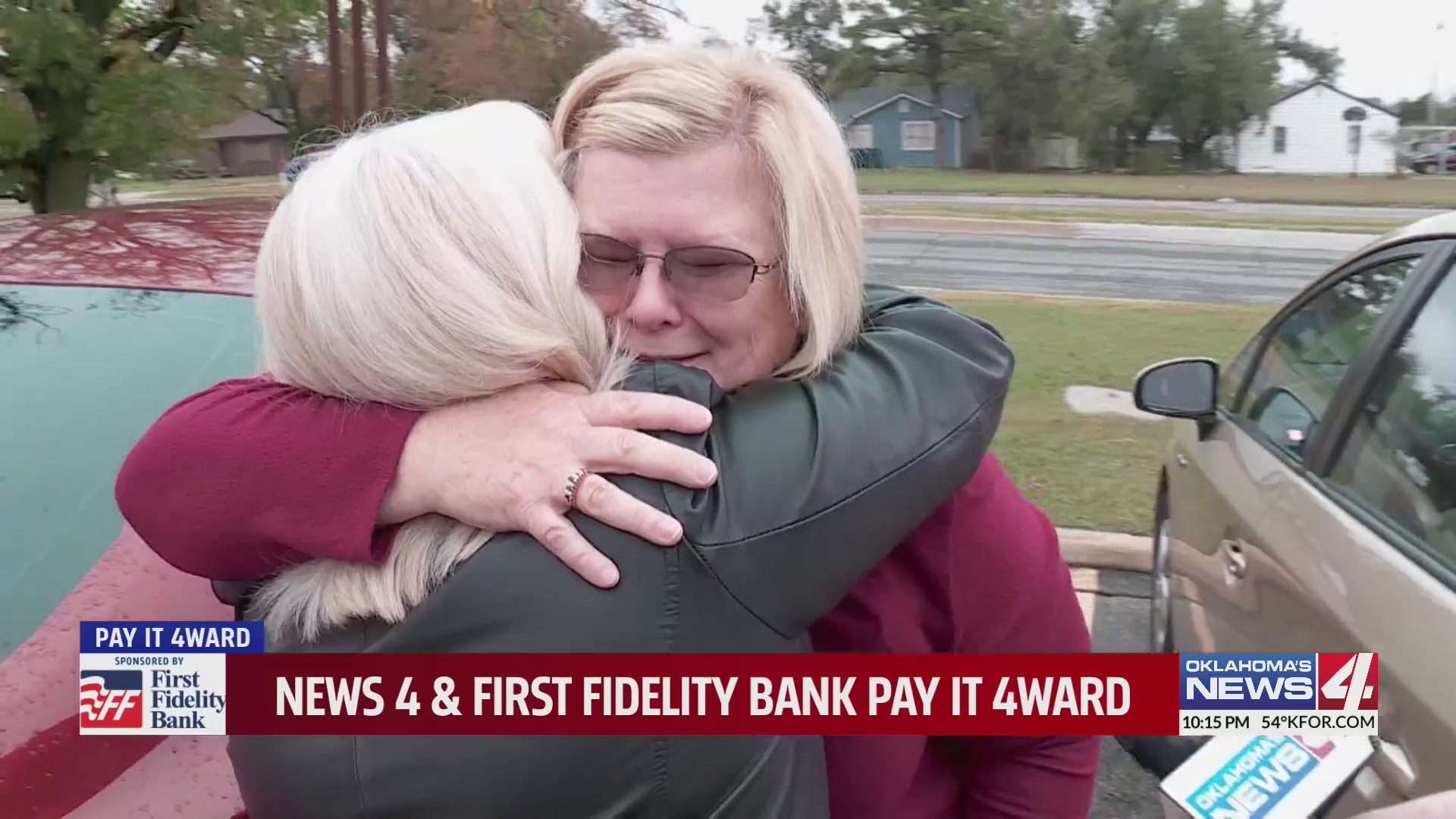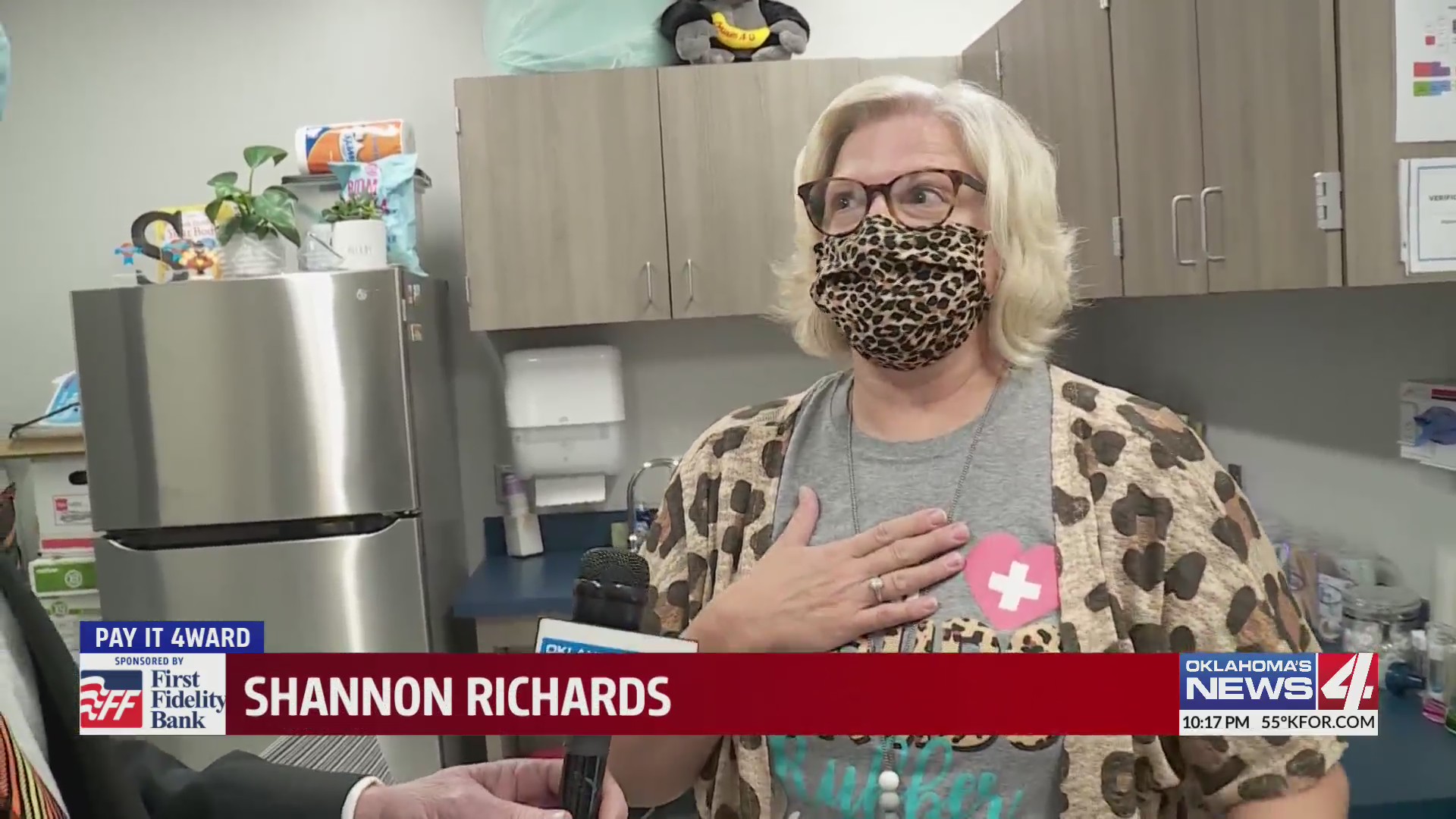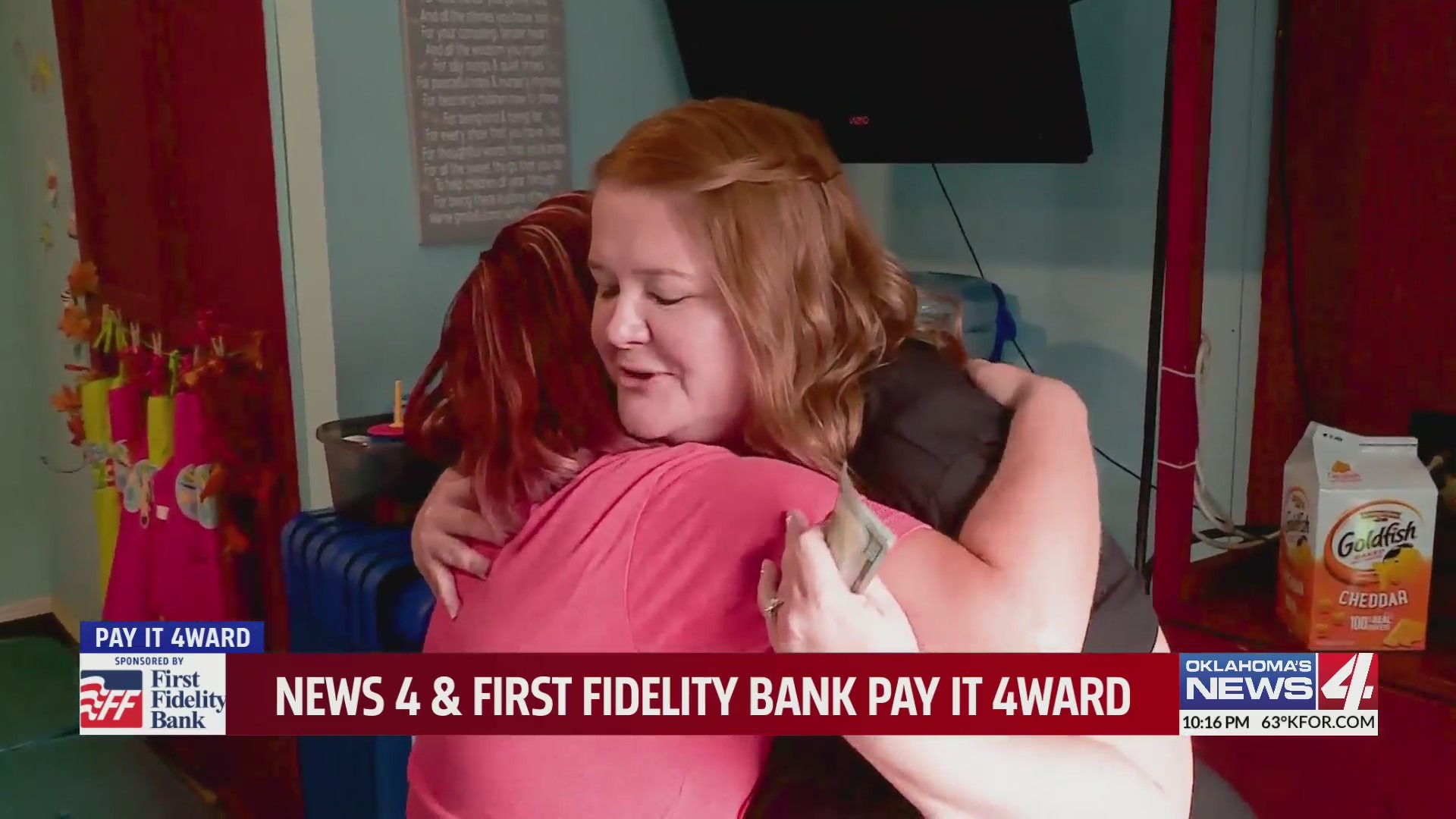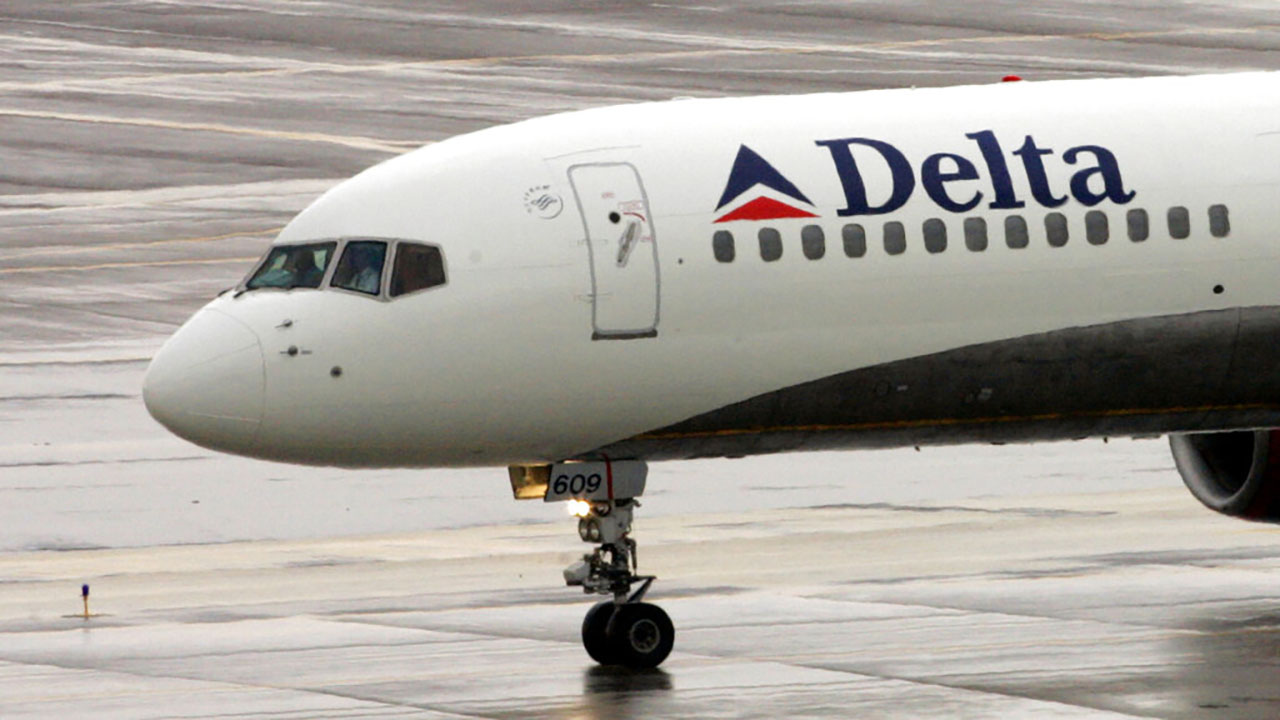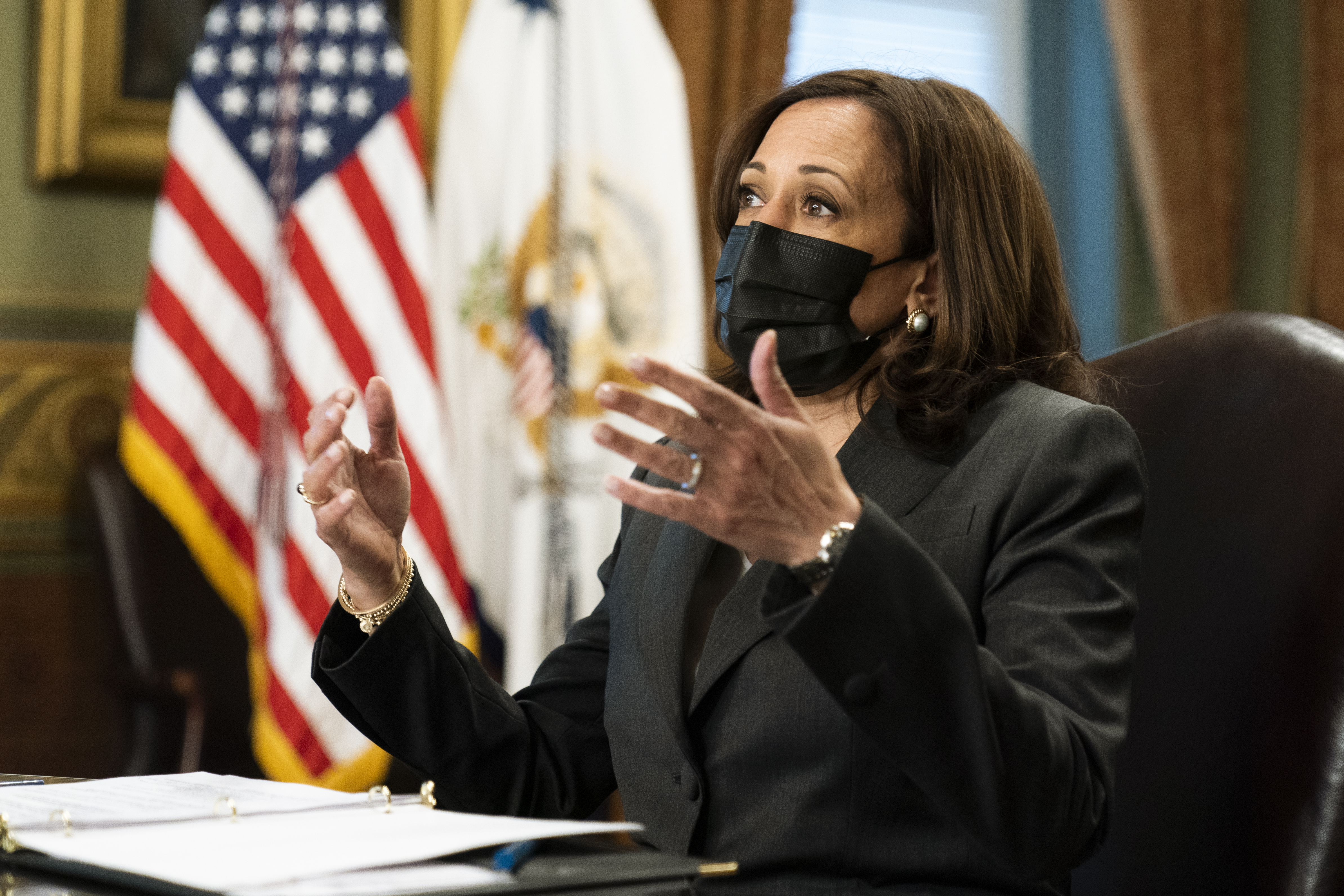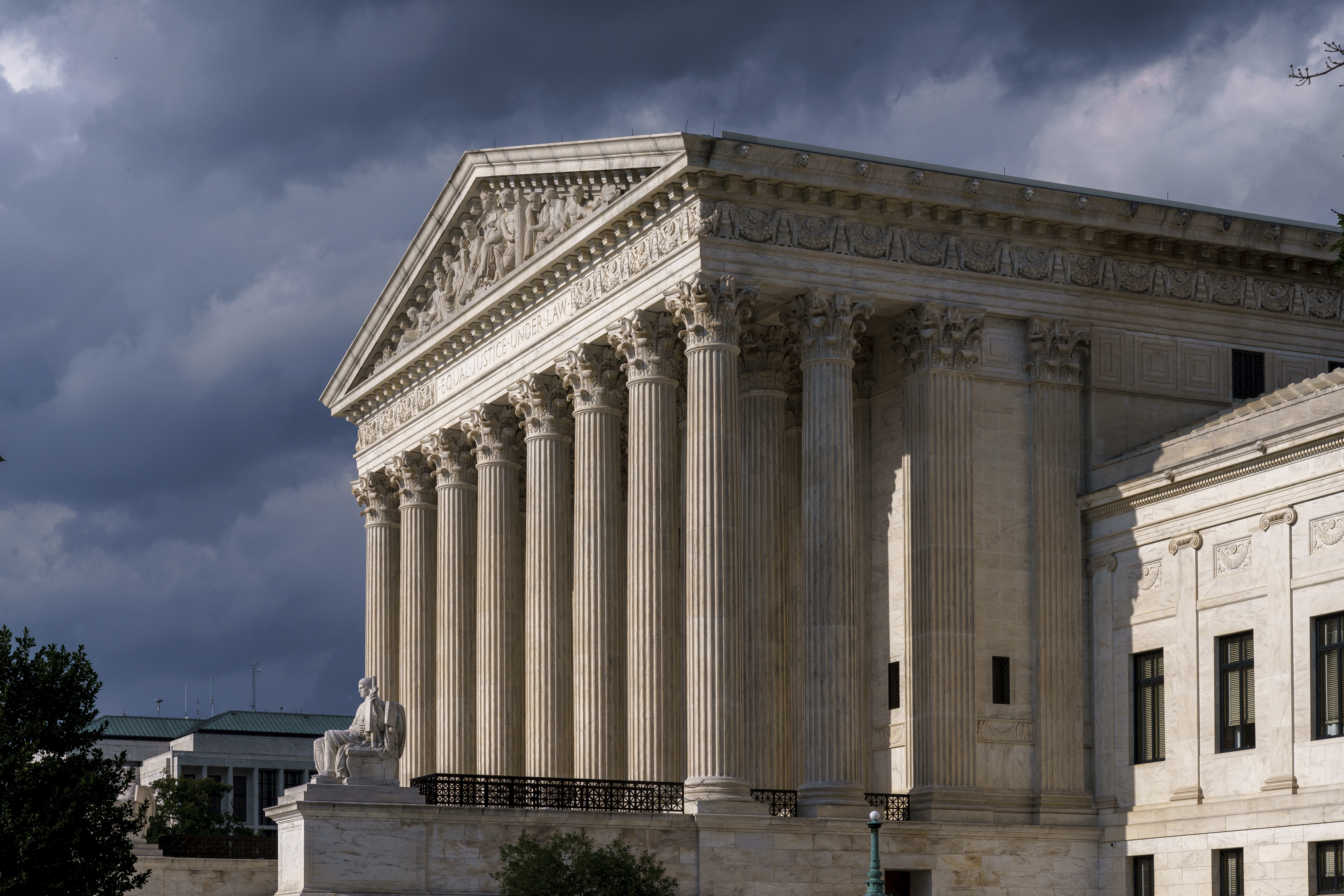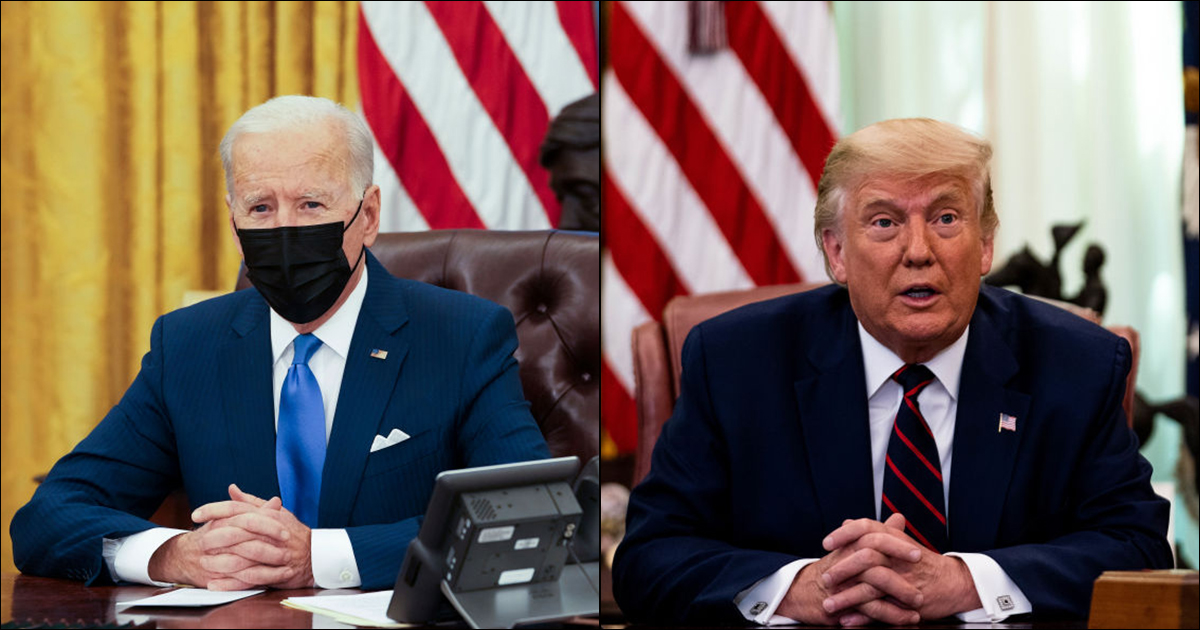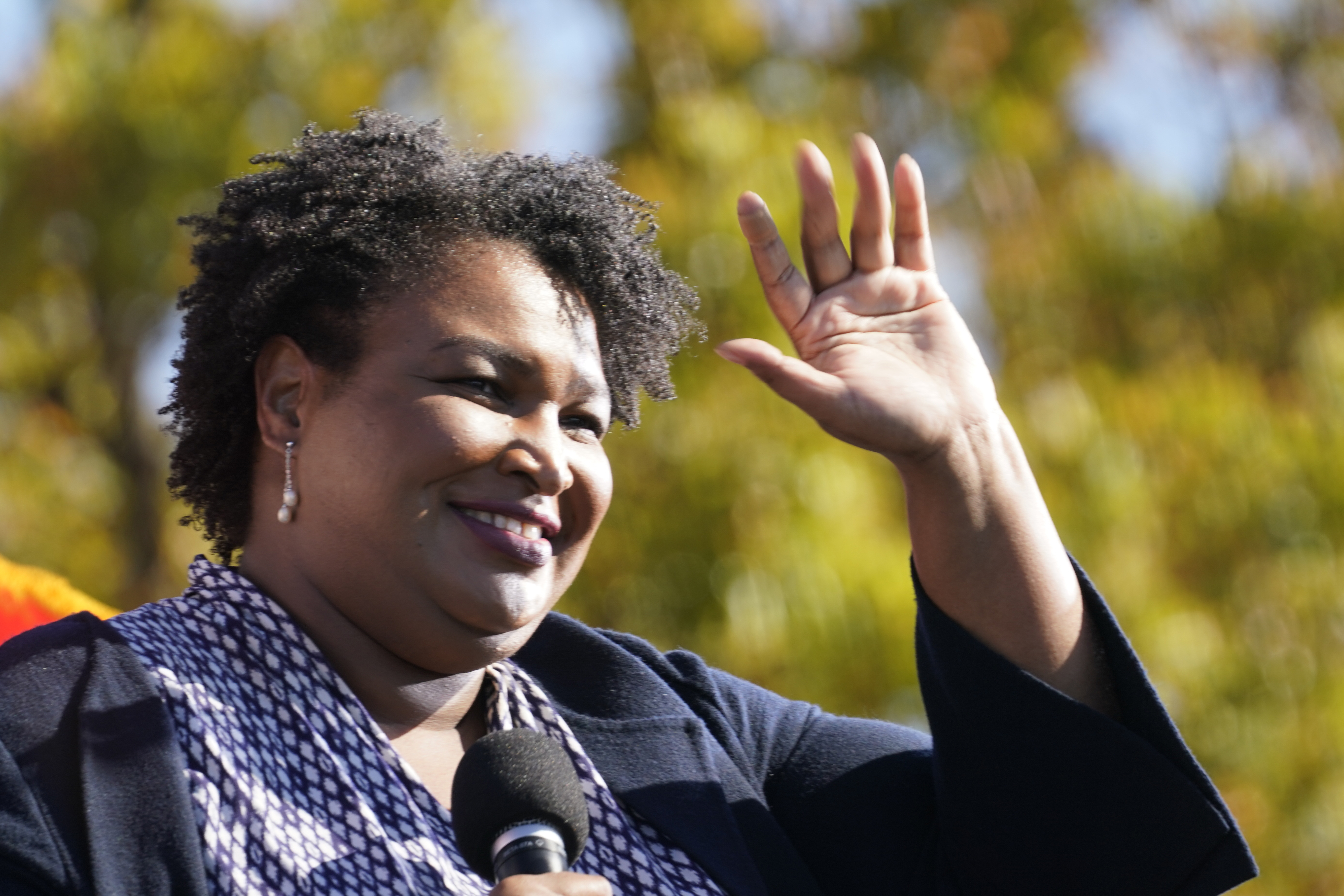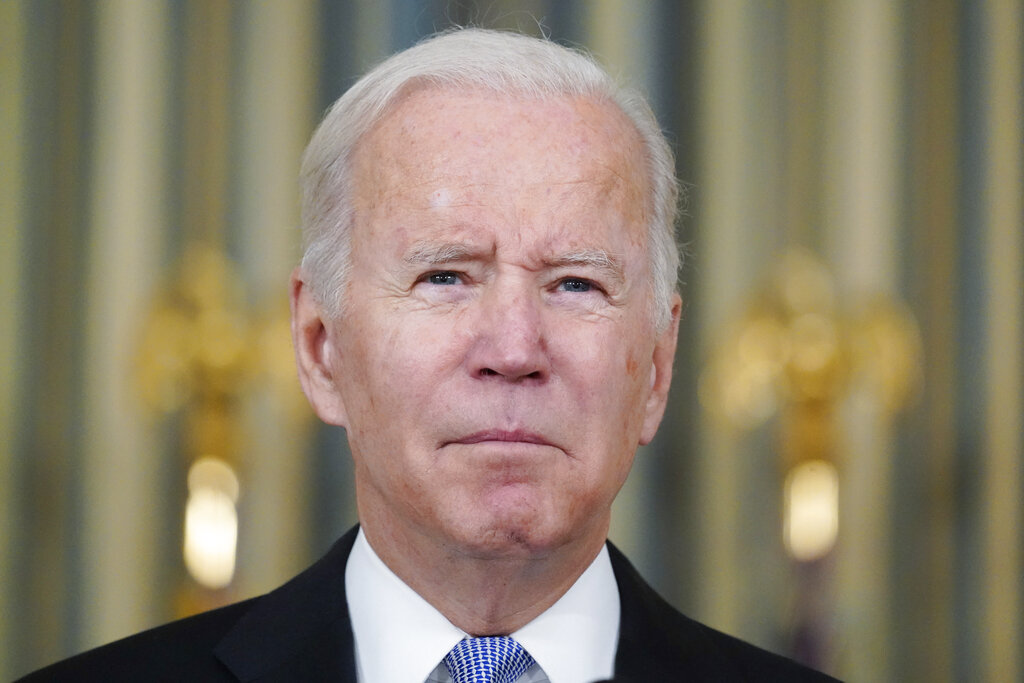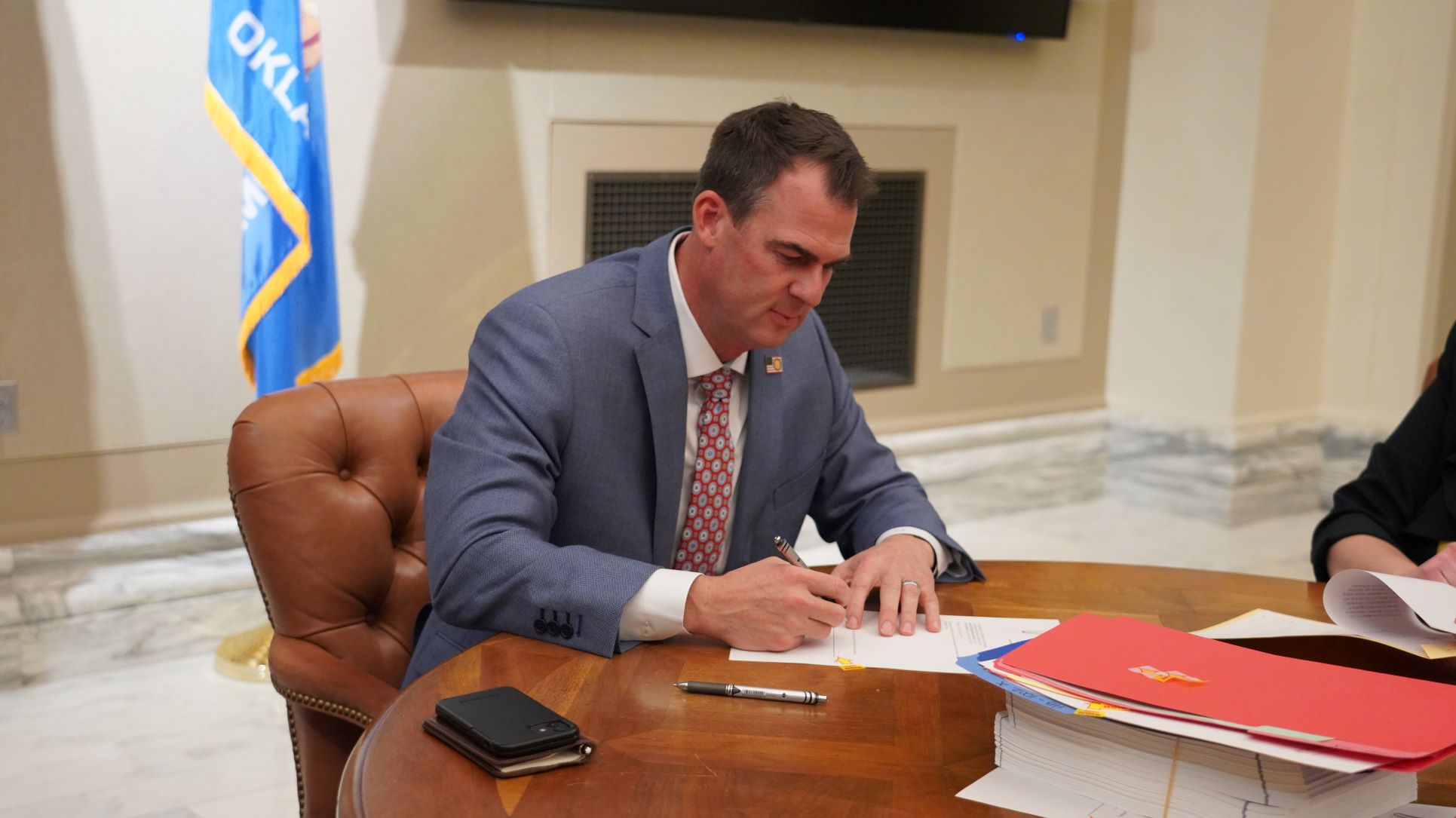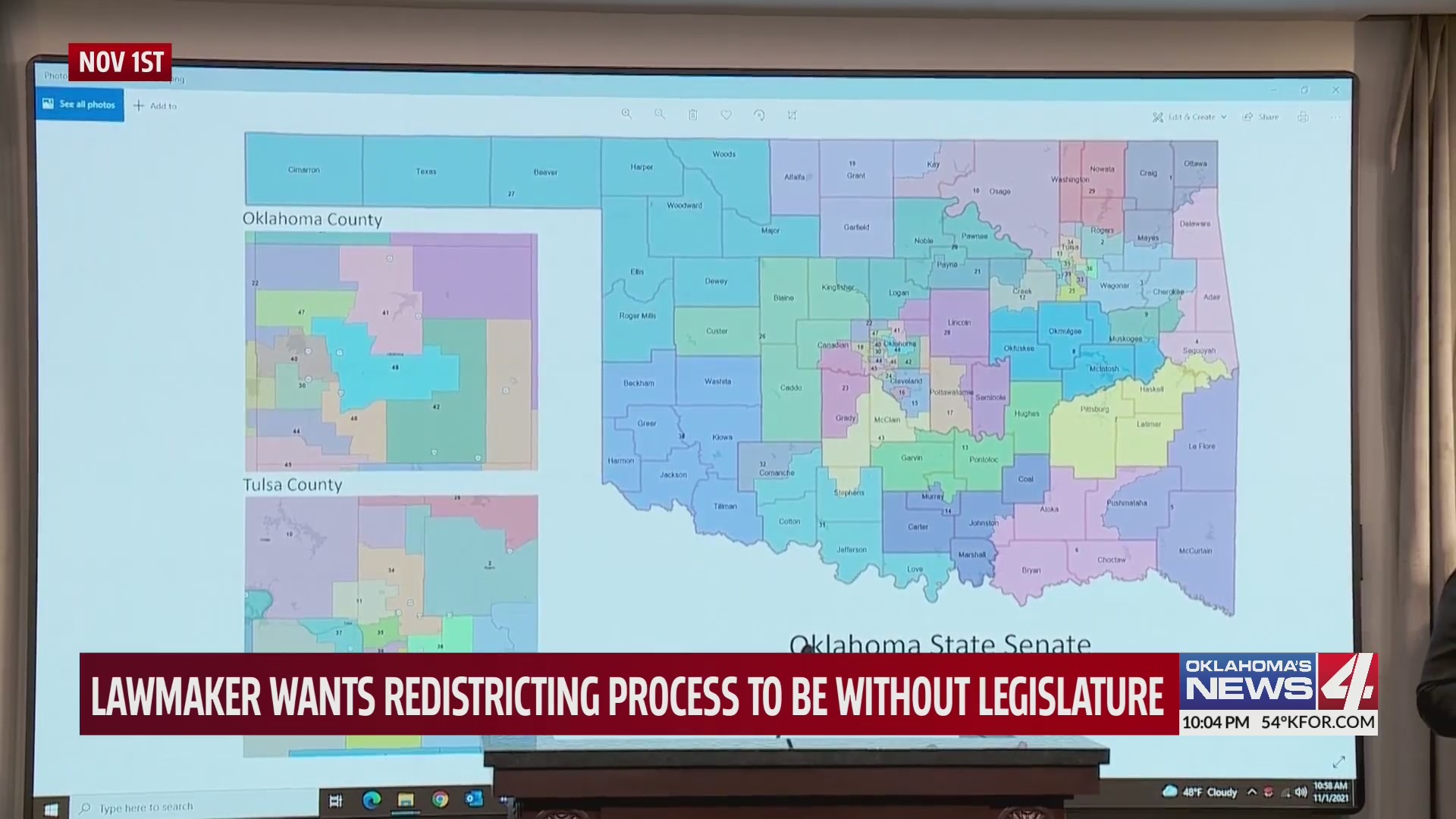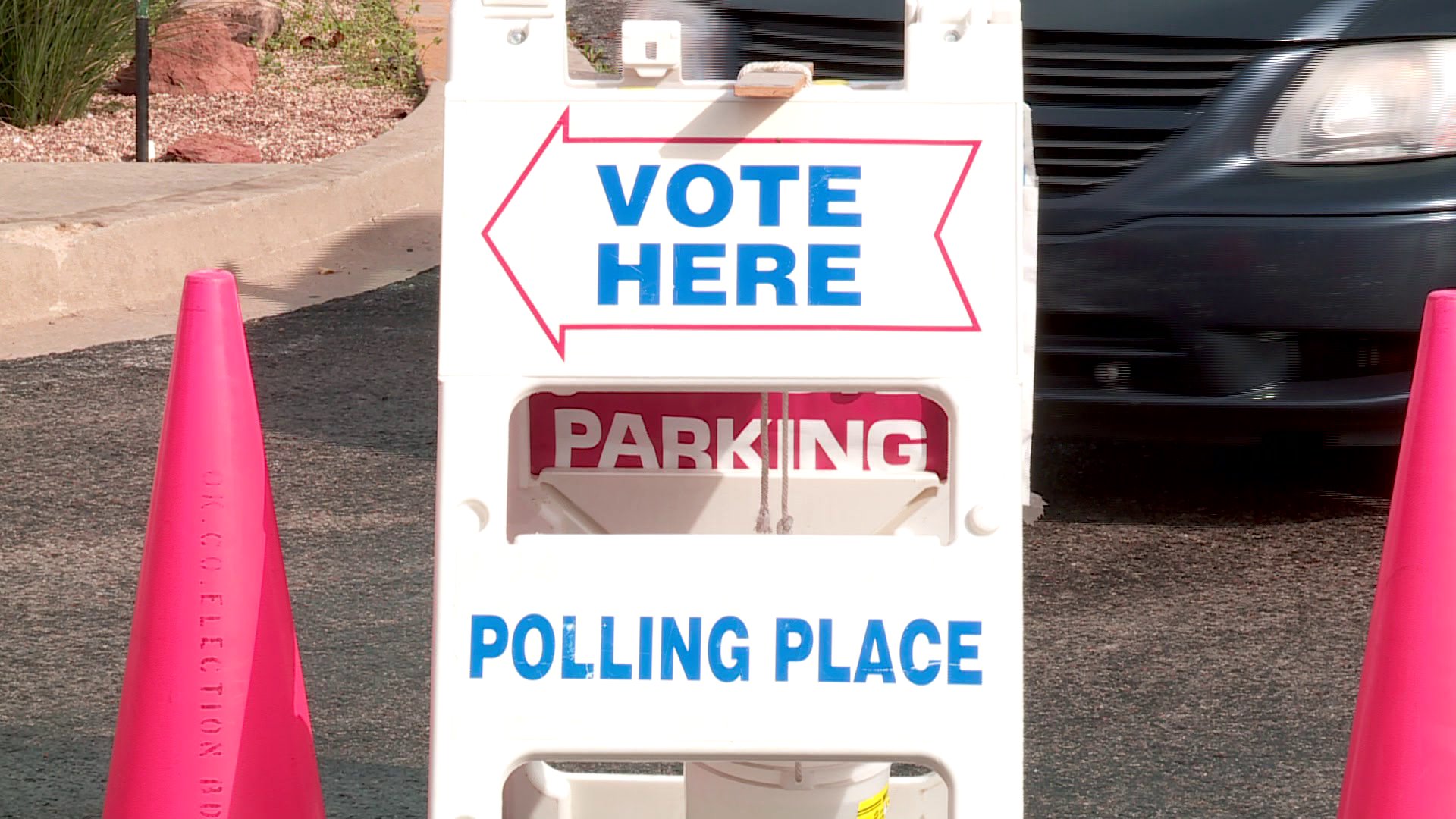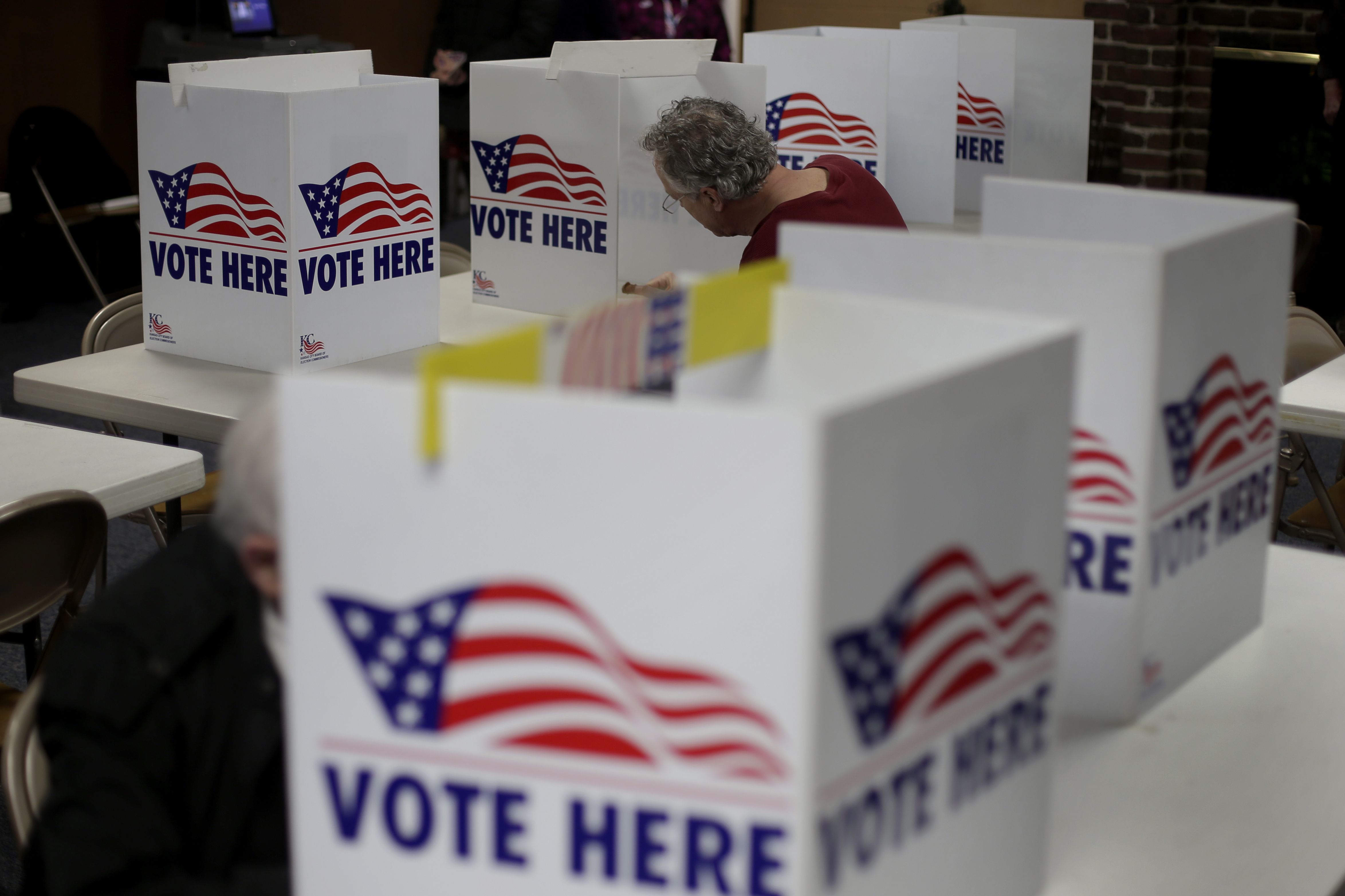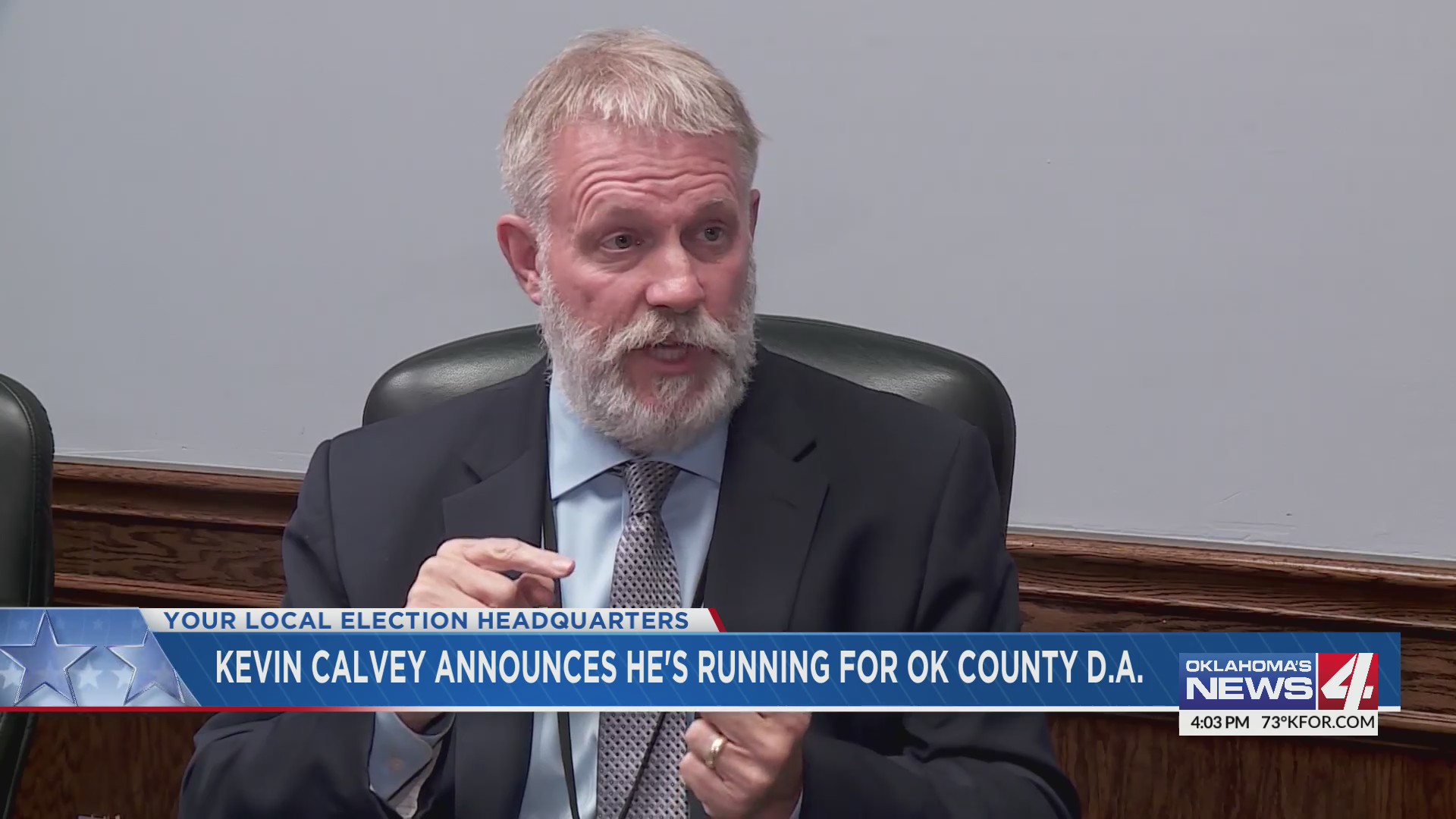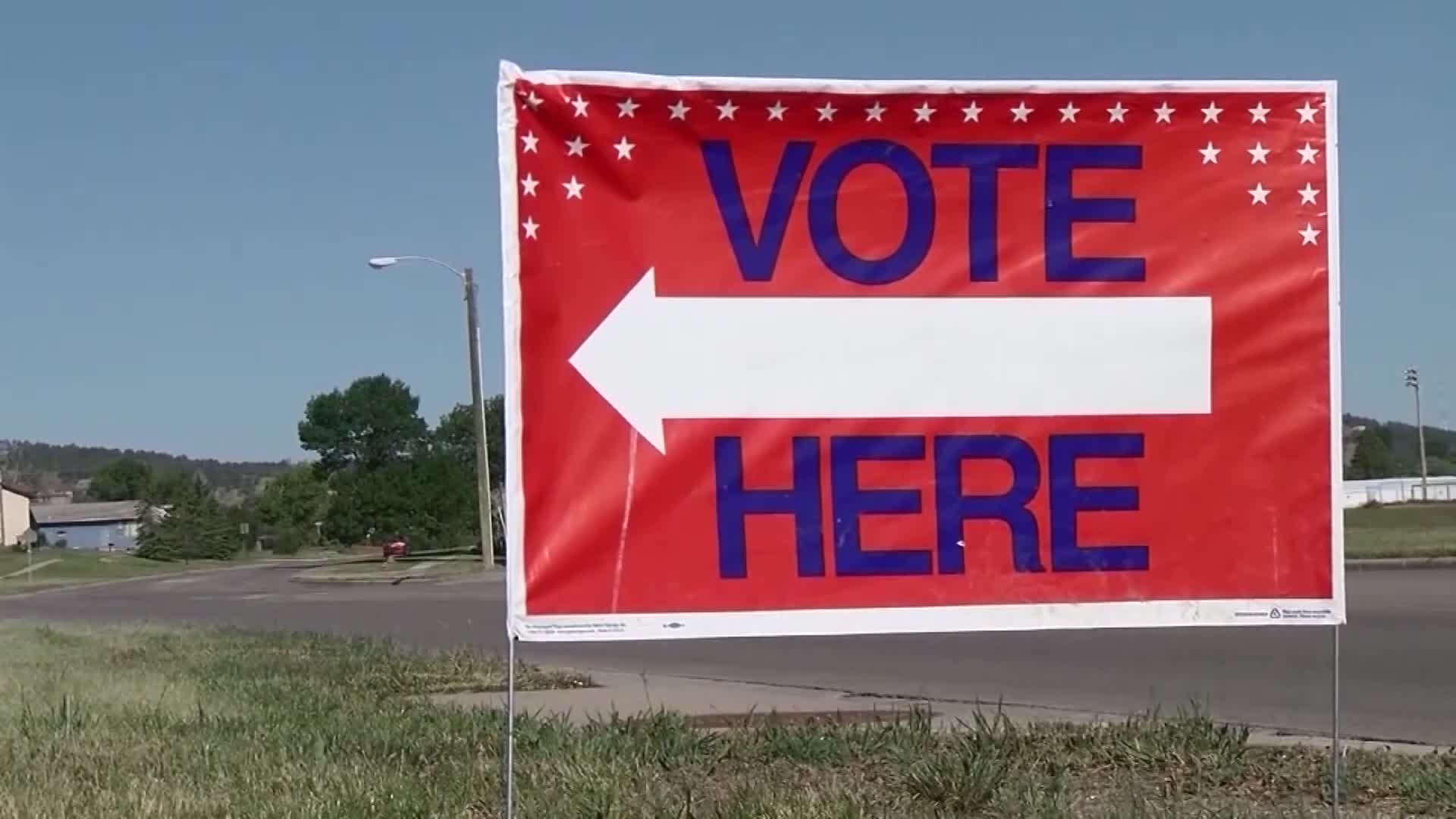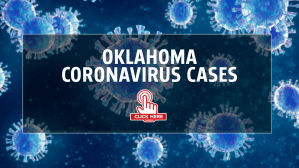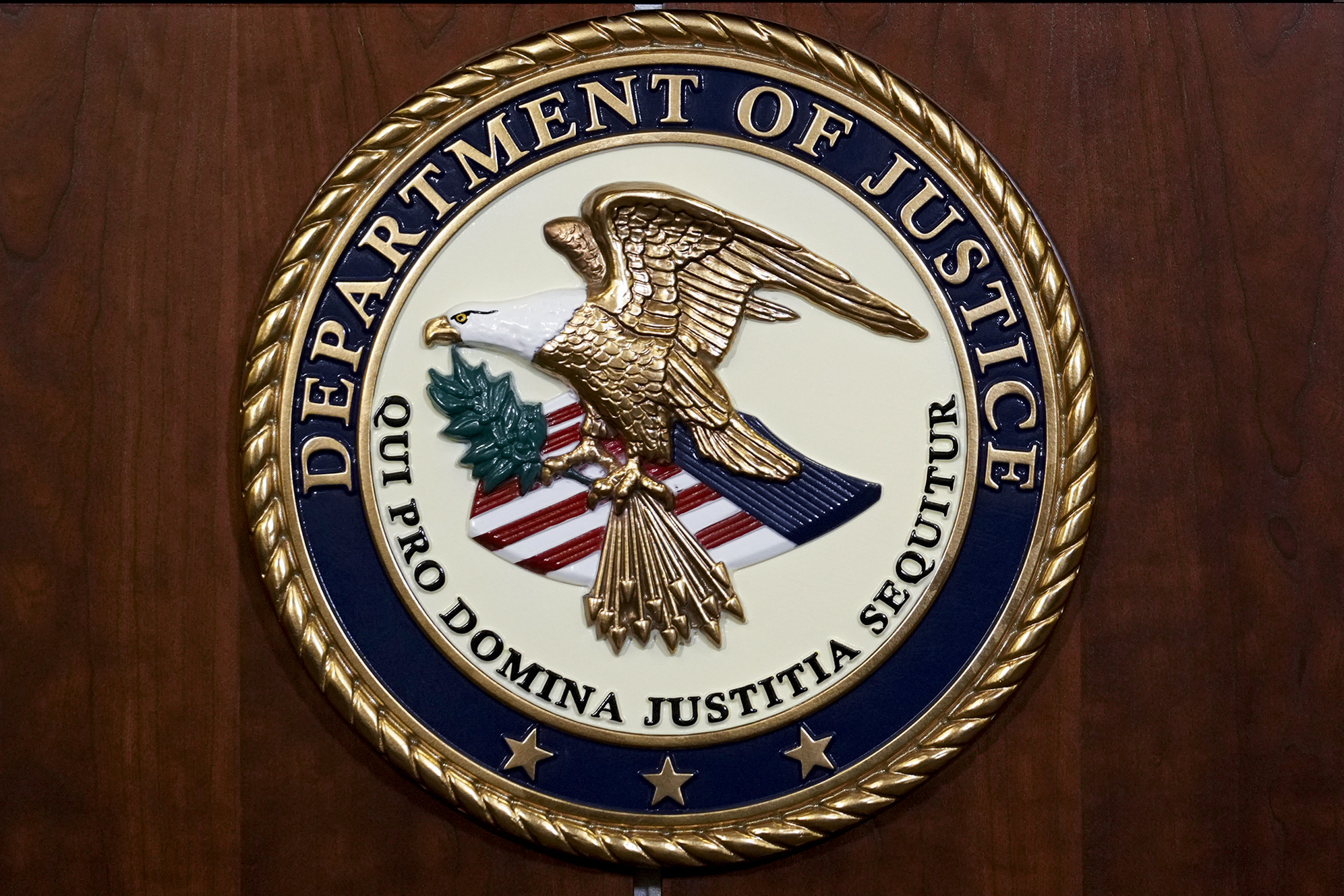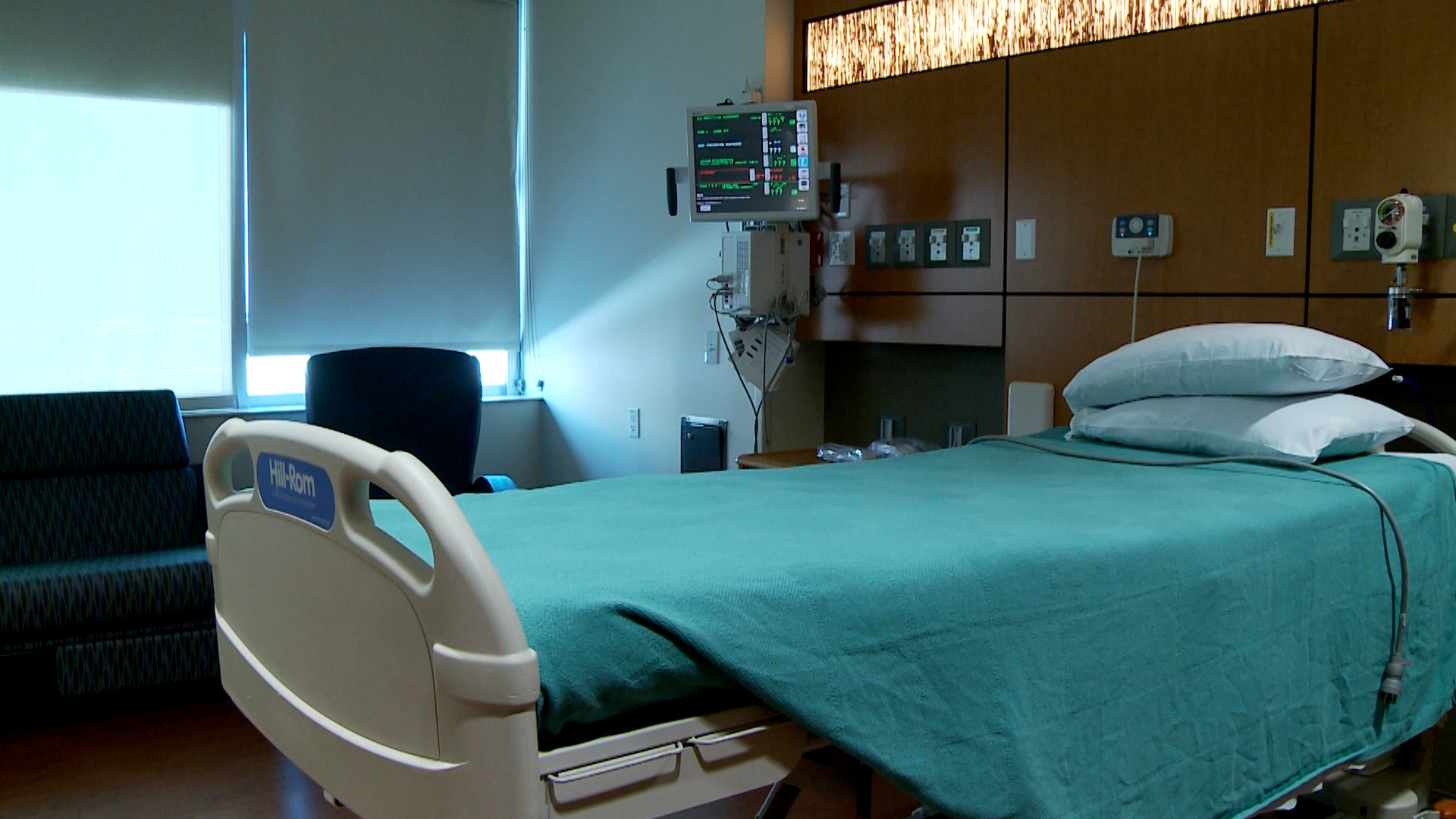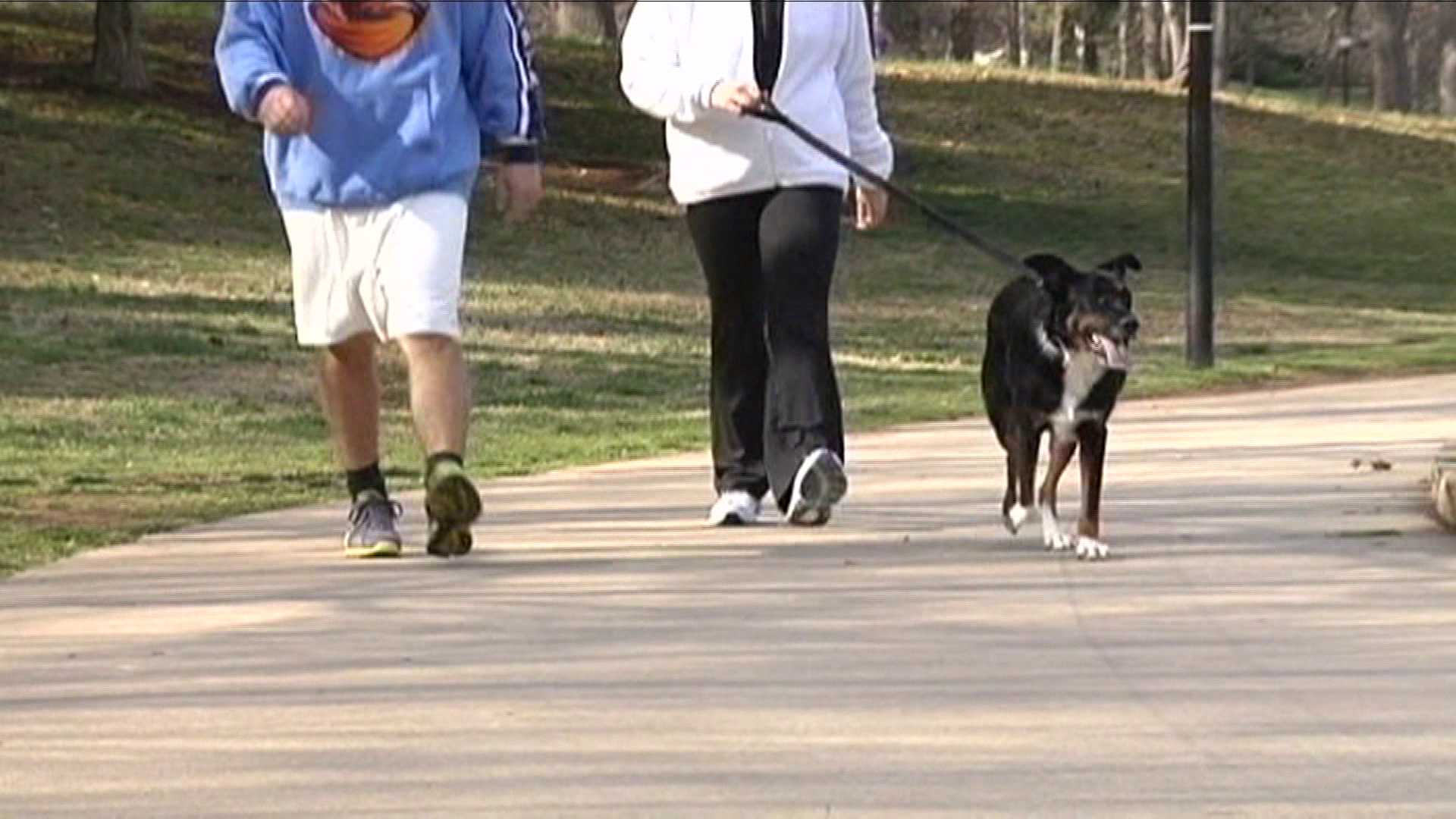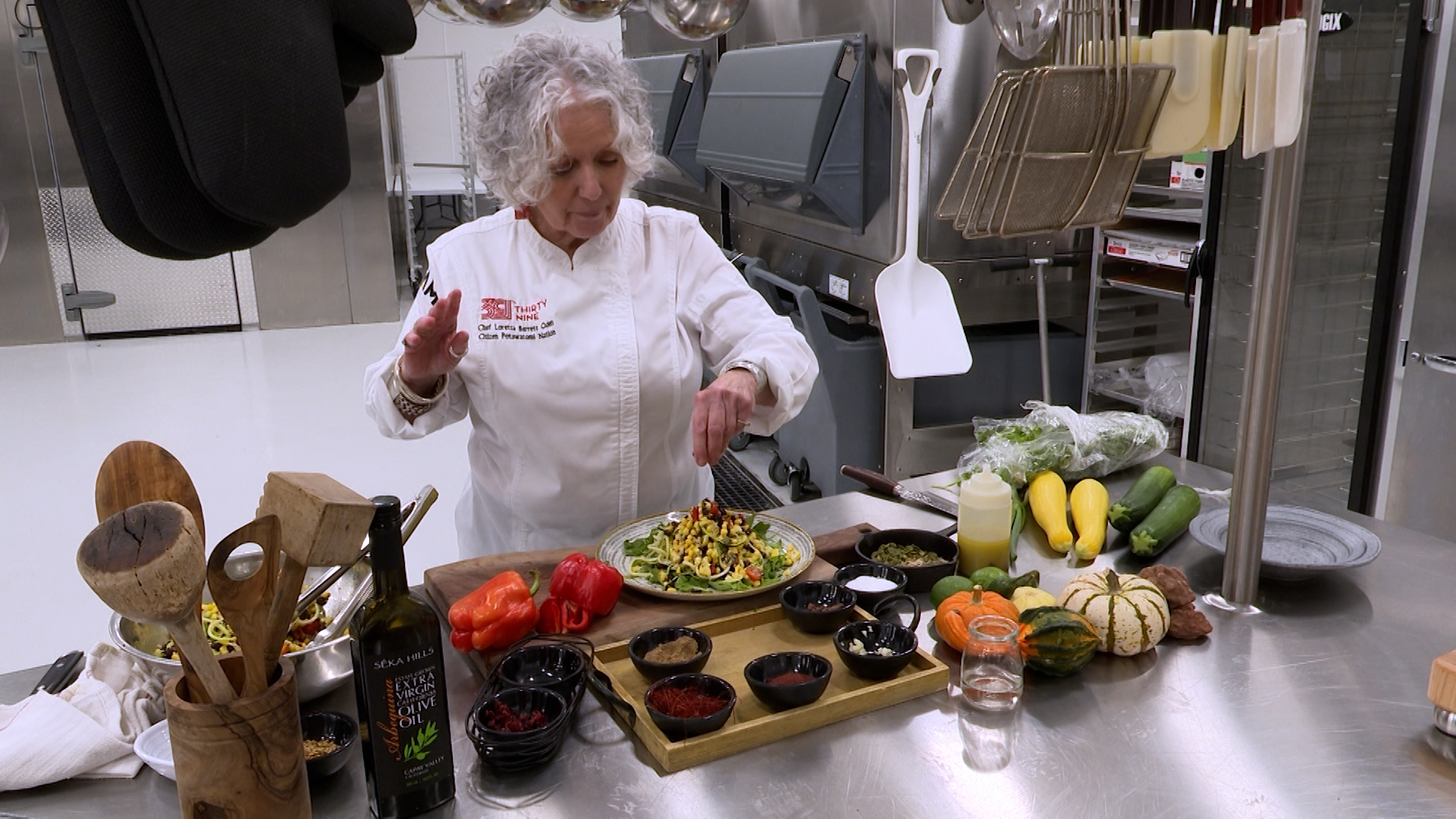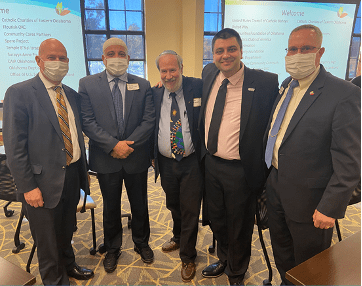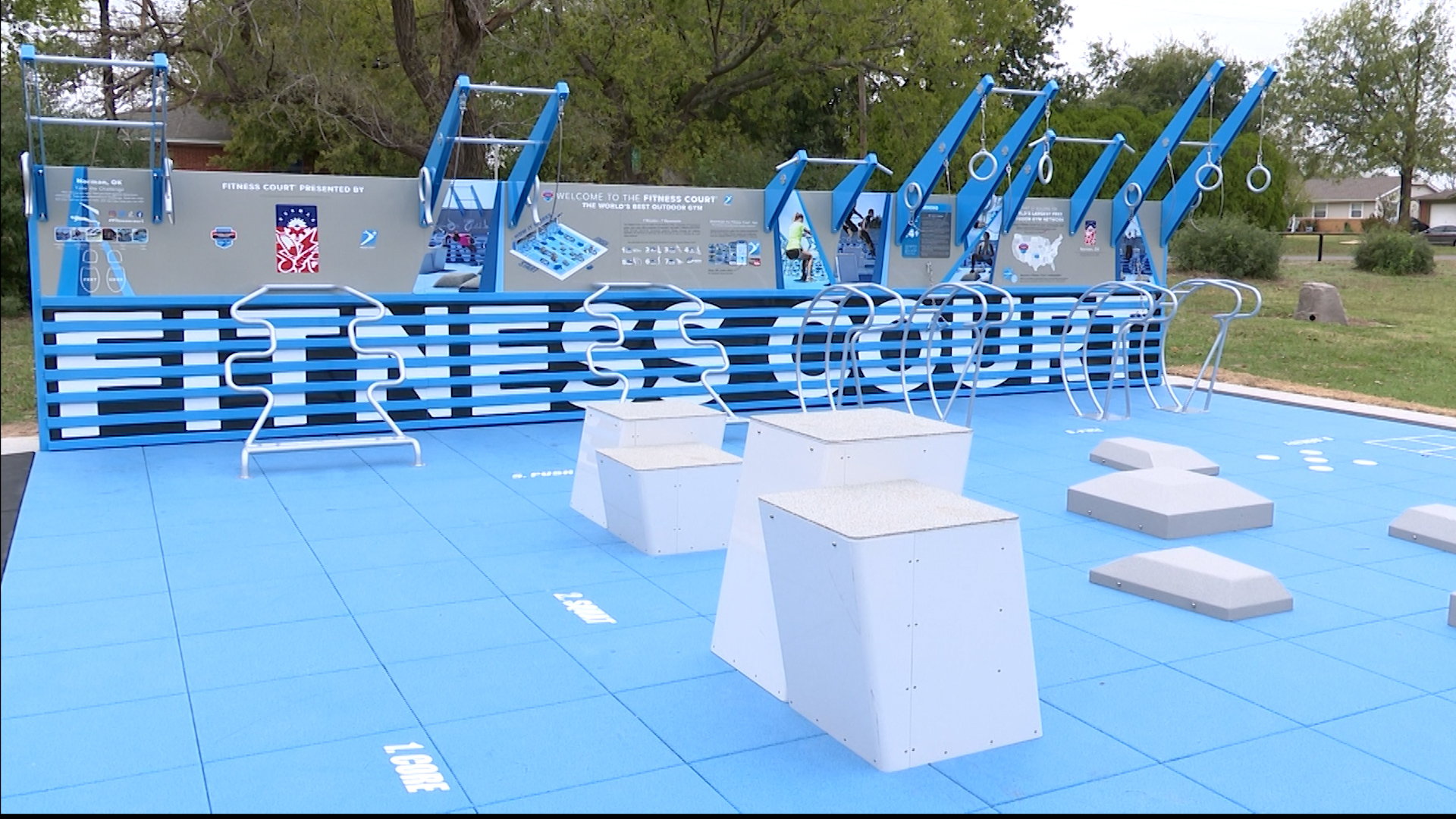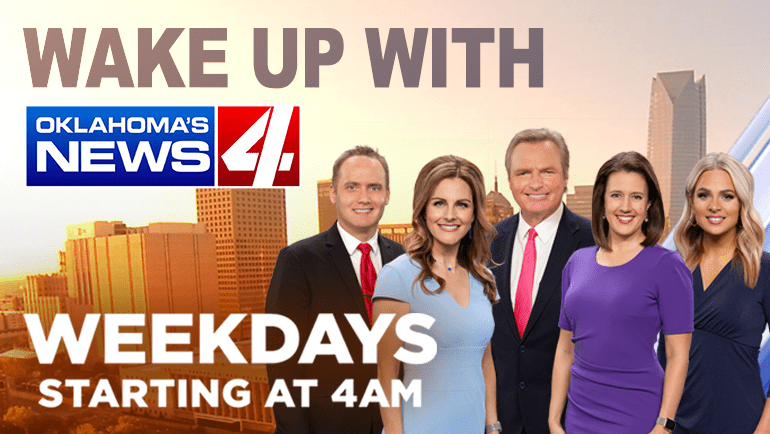OKLAHOMA CITY (KFOR) – COVID-19 prevention and vaccines have been top-of-mind for many, but some local pediatricians are expressing concern about more routine well-checks and vaccines – they’re particularly concerned about missed measles vaccine doses.
“We’re currently over run with patients between trying to catch up,” said Dr. Eve Switzer, a pediatrician in Enid.
Switzer says there’s been a mad dash for parents to make up for appointments and vaccinations missed in 2020.
“The root of our problem was really back when the pandemic was just first starting, and parents were afraid to bring their children into our clinic because we didn’t know who was going to be infected and who wasn’t,” Switzer said.
She says that was followed by a rise in RSV infections over the summer this year – leading to even more families skipping trips to the pediatrician – and routine vaccines.
“The last thing we need are preventable diseases returning,” said Switzer.
National and local health leaders are urging parents to make sure their children are up to date on all of their vaccines – particularly the measles shot.
According to the World Health Organization and the CDC, during 2020 more than 20 million infants did not get their measles vaccine – as some parents were nervous to have their precious little ones leave home.
“We were still learning a lot of things back in 2020. So, we tried to encourage patients,” Switzer said. “We tired to take some steps to make our offices as safe as possible with what we understood about COVID.”
To prevent outbreaks, Switzer and other health leaders say it’s important to for state and local health departments to encourage vaccination – and she’s calling on trusted sources to spread the word.
“Schools, pediatricians, others partners to highlight vaccine safety and efficacy and the need for catching up immunizations,” she said. “We also need to support legislation that removes financial or administrative barriers to immunizations.”
In addtition, this week the CDC issued a health advisory – saying that flu cases have been low overall – but rising among young Americans.
More than 90% of cases are said to be among those ages 5-24.

